Jim Crow laws were a collection of state and local statues passed between 1876 and 1965, that legalized racial segregation. The name ‘Jim Crow’ was taken from a song and dance routine called Jump Jim Crow which was performed by white actors in blackface at minstrel shows. These laws mandated racial segregation in all facilities, including educational institutes, public transports, hotels and restaurants, and the voting systems. The most Southern States passed these racial laws, while the Northern States enforced through social custom.
Origin of Jim Crow laws
The origin of Jim Crow laws dates back to 1865 when the civil the American Civil War was ended, and several groups in the Southern States thwarted the integration of blacks into the political system. The 13 Amendment abolished slavery, but the Black Codes were imposed which restricted the black people in a political and social framework. These laws took the voting rights away and the legal system also introduced new hardships for African-Americans. The Confederate soldiers who were law enforcement officers and judges made it difficult for Blacks to win the cases in the courts. Black typically received longer sentences than their white counterparts and they were treated as enslaved people in the prison. Under the Andrew Johnson presidency, blacks were regularly attacked and their schools were vandalized and destroyed. Families were attacked and forced off their land all across the South. The most ruthless example of this racial discrimination was the Ku Klux Klan, a private club for Confederate veterans which grew into a secret society that attached the black communities across the South.
In the 1880s, when the Black population moved to big cities in the South, white city dwellers demanded more laws to limit the opportunist for African Americans. Jim Crow laws soon spread around the country with even more force than previously. The Conservative white Southern Democrats exploited the reconstruction era and the also opposed all the Civil Rights bill.
Examples of Jim Crow Laws
The Jim Crow laws affected every aspect of the Black population and limited the role of black people in the United States.
- Theaters, buses, waiting rooms, restrooms, train stations water fountains, cemeteries, and even hospitals were segregated.
- Public Parks were forbidden to African Americans.
- Several laws forbade African Americans from living in white neighborhoods.
- Black people could not shake hands with whites because it implied being socially equal.
- Blacks and whites were not supposed to eat together, the hotels and restaurants were also segregated. Whites were served first in hotels.
- The relationship and marriage between blacks and white were strictly prohibited. Under no circumstance was a black male to offer to light the cigarette of a white female, because that gesture would imply intimacy.
- Blacks were not allowed to show public affection toward one another in public, especially kissing, because these activities offended whites.
- Whites should not use respect when referring to blacks, for example, Mr., Mrs., Miss., Sir, or Ma’am. Instead, blacks were called by their first names. Blacks were confined to use courtesy titles when referring to whites.
- Some states required separate textbooks for Black and white students.
- In Atlanta, African Americans in court were given a different Bible from white people to swear on.
- Blacks were limited and even banned from voting by using poll taxes, literacy tests, and mental examinations that were rigged against blacks and the poor.
Struggles against the Jim Crow laws
Many African Americans stepped forward against the oppressive Jim Crow laws. Memphis teacher Ida B. Wells became an activist against the segregation laws. She advocated for the arming of Black citizens. Protested and wrote against the black lynching’s and published her findings. A mob destroyed her newspaper and threatened her with death, forcing her to move to the North, where she continued her efforts against Jim Crow laws and lynching.
Charlotte Hawkins was a school teacher for the American Missionary Association. After funding was withdrawn from the school, Brown began fundraising to start her own school. She became the first black woman to create a school for black communities, named the Palmer Memorial Institute.
Isaiah Montgomery created the African American-only town of Mound Bayou, Mississippi, in 1887. He recruited other former enslaved people to settle in the wilderness with him and built a library, hospital, bank, and a sawmill.
Jim Crow Laws in the 20th Century
As the 20th century began, Jim Crow laws flourished. The lynching of black people and race riots increased. In 1919, more than 25 race riots against the black communities took place, across the country. The Great Migration of the 1920s saw a significant migration of educated Black people out of the South. Tulsa Massacre was started from an accusation that was proved wrong later, took more than 38 lives. The Great Depression and World War II also depend on segregation.
The End of Jim Crow laws
Several civil rights movements were started across the country in the post-World War II era. In 1948 President Harry Truman ordered integration in the military. The supreme court declared educational segregation as unconstitutional in 1954. Martin Luther King started the civil rights movement with other leaders such as A. Philip Randolph and Bayard Rustin. The Fair Housing Act of 1968, ended discrimination in renting and selling homes, followed.
Here below are some historical photos that offer a glimpse into American society under the Jim Crow laws.
#1 David Isom, 19, broke the color line in one of this city’s segregated public pools on June 8, 1958, which resulted in officials closing the facility.
#2 Johnny Gray, 15, punches a white student during a scuffle in Little Rock, Arkansas, on June 16, 1958.
#3 Theater with Sign “Rex Theater for Colored People”, Leland, Mississippi, 1937.
#4 African American child using a water fountain, the tree next to the fountain has a sign attached that reads ‘Colored’ in order to enforce Jim Crow laws
#5 Shack-like Black Jeweler shop next to a small food store covered with beverage ads in a slum section of the city of Atlanta, 1938.
#6 Segregated Tuberculosis Treatment.
#7 An African-American climbing up the stairs to the segregated section of a cinema in Belzoni, Mississippi, 1939.
#8 Rex Billiard Hall for Colored, Beale Street, Memphis, 1939.
#9 Hotel Clark with Sign “The Best Service for Colored Only”, Beale Street Lined with Pawn Shops and Secondhand Clothing Stores, Memphis, 1939.
#10 Passengers under a sign that reads ‘Colored Waiting Room’ at a bus station (at 309 North Magnum Street), Durham, 1940.
#11 Cafe with Two Entrances Marked “White” and “Colored”, Durham, 1940.
#12 African-American children in a segregated swimming pool at Druid Hill Park, Baltimore, Maryland, July 4, 1940.
#13 Segregated store for migrant workers in Belle Glade, Florida, 1941.
#14 A group of students at a Negro high school buying and selling defense stamps, 1942.
#15 A drinking fountain, labeled ‘White,’ at the Bethlehem-Fairfield shipyards, Baltimore, 1943.
#16 Group of mostly African Americans attending the Parkway Community House Forum re wartime rally to beat Hitler and Jim Crow laws, 1944.
#17 A moving billboard in a parade in Detroit, sponsored by the NAACP, congratulates the American Federation of Labor’s stand against race discrimination, 1944.
#18 African-American men wearing tuxedos carry a coffin and a “Here Lies Jim Crow” sign down the middle of a street as a demonstration against “Jim Crow” segregation laws, 1944.
#19 Picketers outside Democratic National Covention, July 12, demanding equal rights for Negoes and Anti-Jim Crow plank in the Party platform.
#20 Members of the Campaign to Resist Military Segregation picket registration for America’s postwar draft at Haaron High School, New York City, 30th August 1948.
#21 A black little girl leaves a cafe through a door marked ‘For Colored,’ circa 1950.
#22 Men drink from segregated water fountains.
#23 A teacher instructs a segregated class of black students at a poorly funded, one-room school in the backwoods of Georgia in 1941.
#24 White tenants seeking to prevent black Americans from moving into the Sojourner Truth Homes, a federal governmental housing project, erected this sign in Detroit in 1942.
#25 Dr. and Mrs. Charles N. Atkins of Oklahoma City, Oklahoma, and their sons, Edmond, 10, and Charles, 3, pause for a glance at the Santa Fe Depot segregation sign on Nov. 25, 1955.
#26 US and Confederate flags fly from a car parked on Tennessee’s Capitol Hill in Nashville, where Gov. Frank Clement met with a delegation of pro-segregationists on Jan. 24, 1956.
#27 Rosa Parks is fingerprinted by a police officer in Montgomery, Alabama, on Feb. 22, 1956, two months after refusing to give up her seat on a bus for a white passenger on Dec. 1, 1955.
#28 From left: Buddy Trammell, Max Stiles, and Tommy Sanders, students at Clinton High School in Clinton, Tennessee, picket their school when it becomes the first state-supported school to integrate, on Aug. 27, 1956.
#29 Black citizens sit in the rear of the bus in compliance with South Carolina segregation law in April 1956.
#30 Roy Lee Howlett, 14, stands beside a car painted with signs protesting the desegregation of Mansfield High School in Dallas on Aug. 31, 1956.
#31 An unruly mob protesting integration of the Clinton High School attacks a car full of black people who just happened to be passing through on Aug. 31, 1956.
#32 A group of students known as the Little Rock Nine form a study group after being prevented from entering Little Rock’s newly integrated Central High School on Sept. 13, 1957.
#33 Police examine the wreckage of the newly desegregated Hattie Cotton grammar school, which was dynamited in Nashville, Tennessee, on Sept. 10, 1957.
#34 Demonstrators staging a sit-in at a drugstore lunch counter in Arlington, Virginia, are picketed by members of the American Nazi Party in 1960.
#35 Demonstrators outside of West End High School in Birmingham, Alabama, sing songs and cheer during an anti-desegregation protest on Sept. 10, 1963.
#36 A man waves a Confederate flag before a group of demonstrators in front of an Indianapolis hotel where then-Gov. George Wallace of Alabama was staying on April 14, 1964.
#37 A line of African Americans hailing from states across the USA march to protest segregation. Ca. 1950.
#38 A group of Cuban baseball players from the Negro League Red Sox in the dugout together during a home game, Memphis, Tennessee, circa 1951.
#39 Segregation hearing a big attraction at U.S. Supreme Court.
#40 Jim Crowism in Florida movie house, rear entrance for colored people. Pensacola, 1930.
#41 African-American student Linda Brown (first desk in second row from right) sits with her classmates at the racially segregated Monroe Elementary School, Topeka, Kansas, 1953.
#42 Secretariat lessons only for young African Americans, 1953 in Natchez, Mississipi.
#43 African American children arriving for class at the segregated Buchanan Elementary School, 1953.
#44 Segregated water fountain, Jacksonville, Florida, United States, 1954.
#45 Nettie Hunt and her daughter Nickie sit on the steps of the U.S. Supreme Court, 1954.
#46 Attorneys who argued the case against segregation stand together smiling in front of the U. S. Supreme Court Building, 1954.
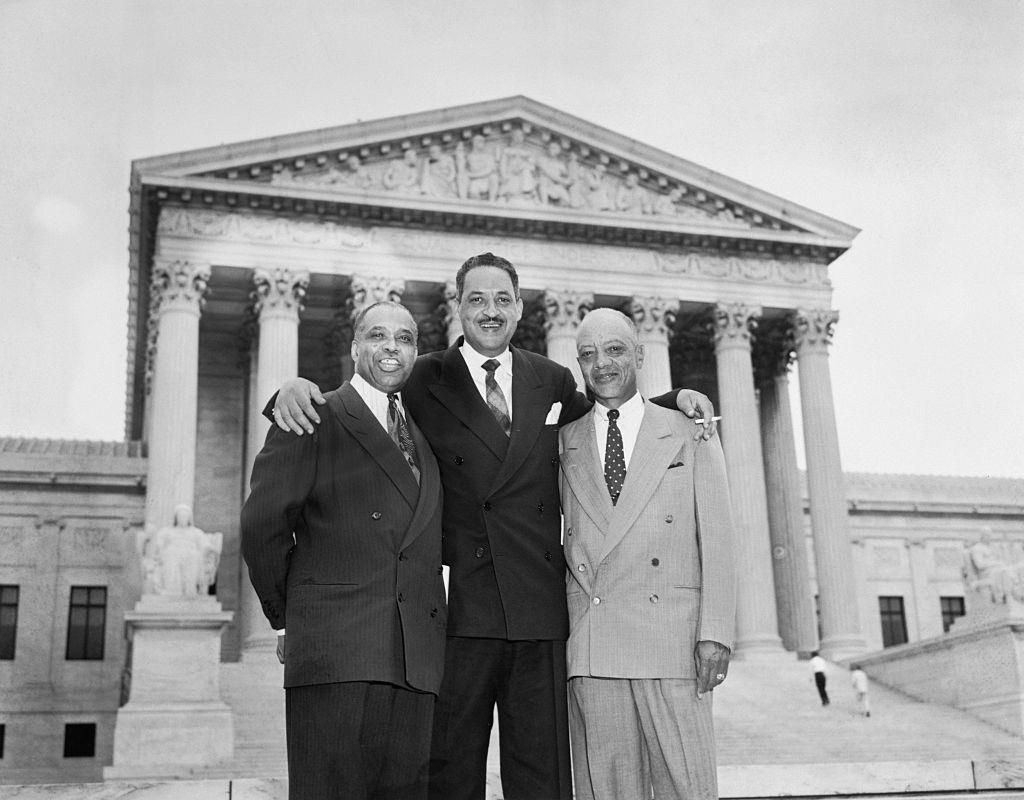
After the High Tribunal ruled that segregation in public schools is unconstitutional. Left to right are George E. C. Hayes, of Washington, DC; Thurgood Marshall, Special Counsel for the NAACP; and James Nabrit, Jr., Professor and Attorney at Law at Howard University in Washington.


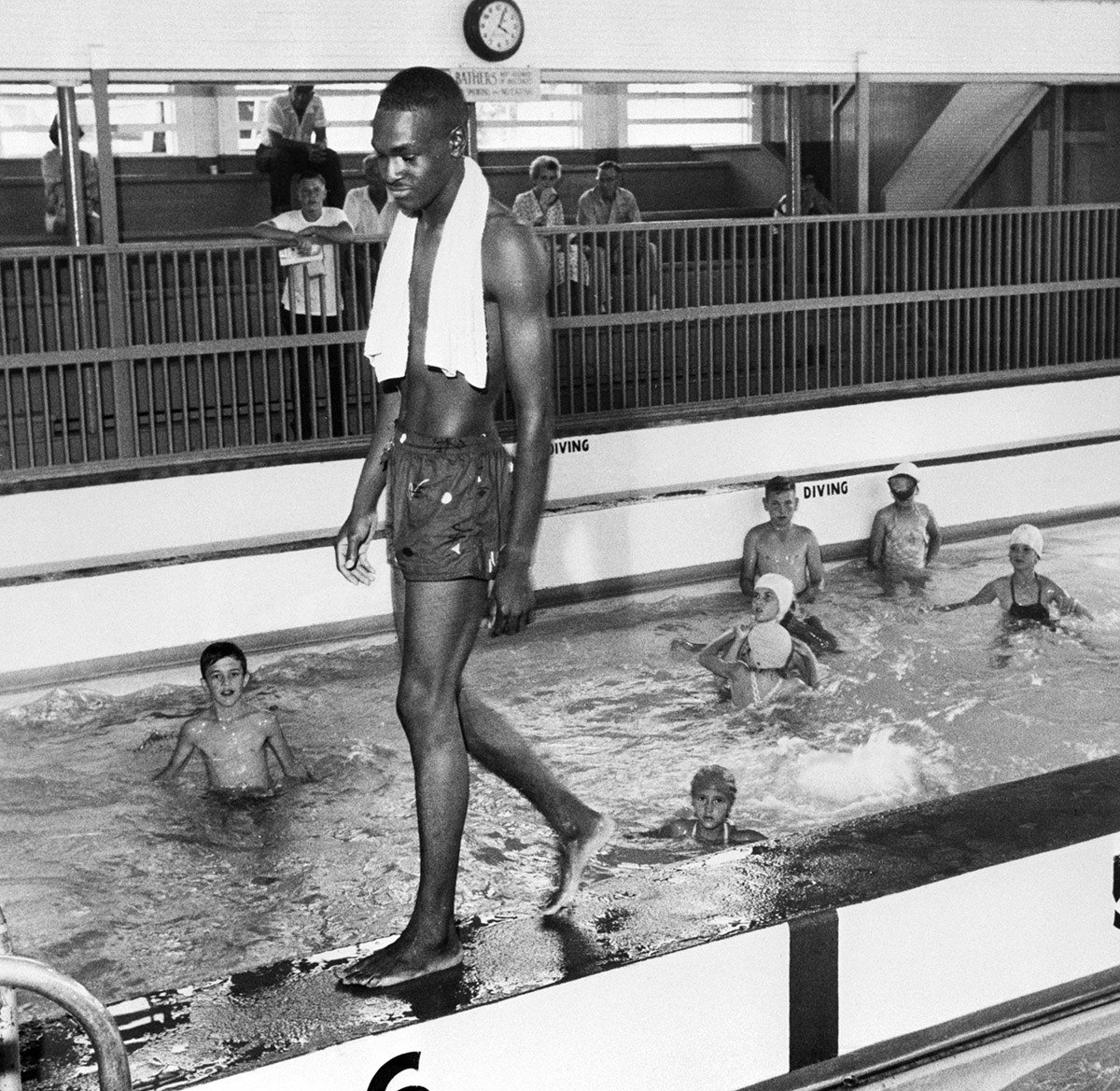
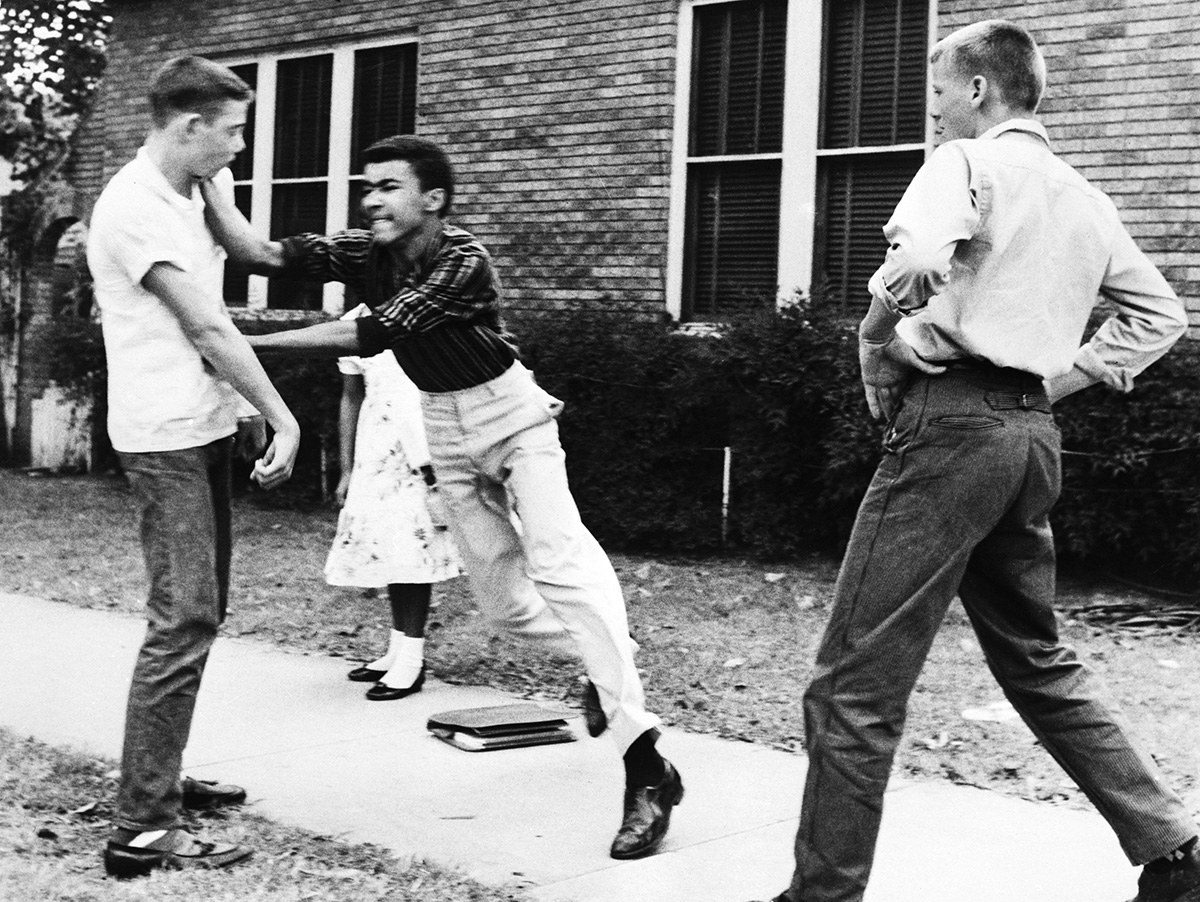
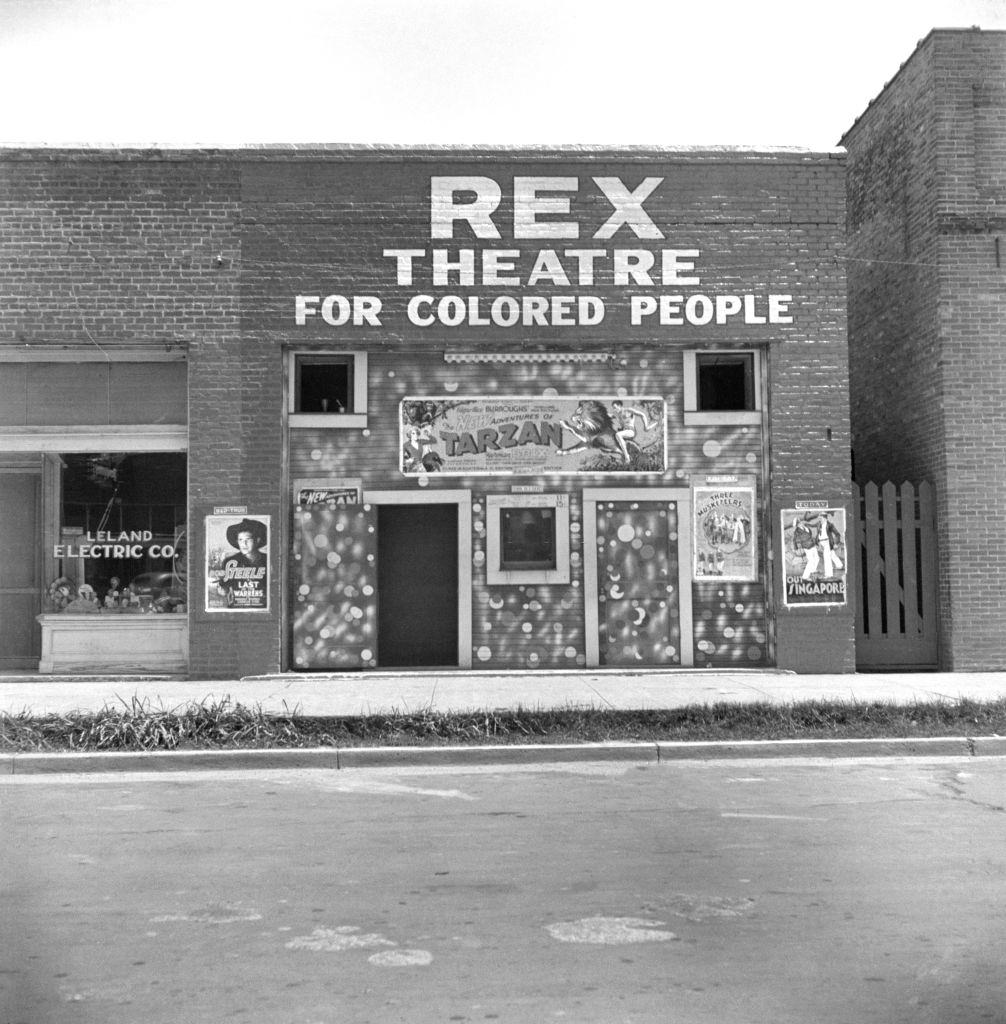
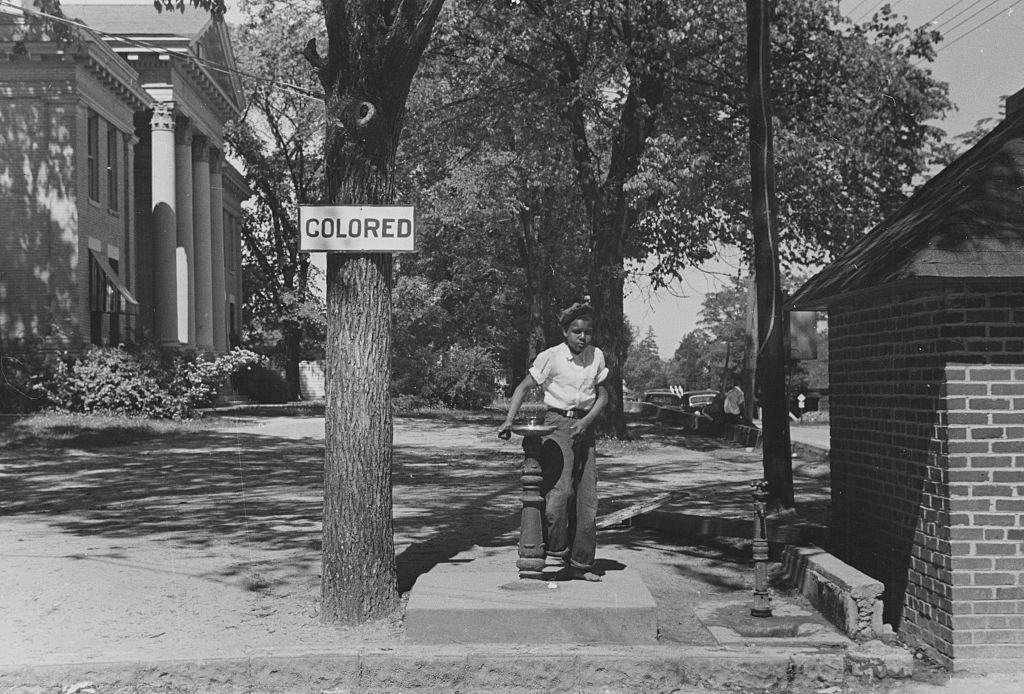
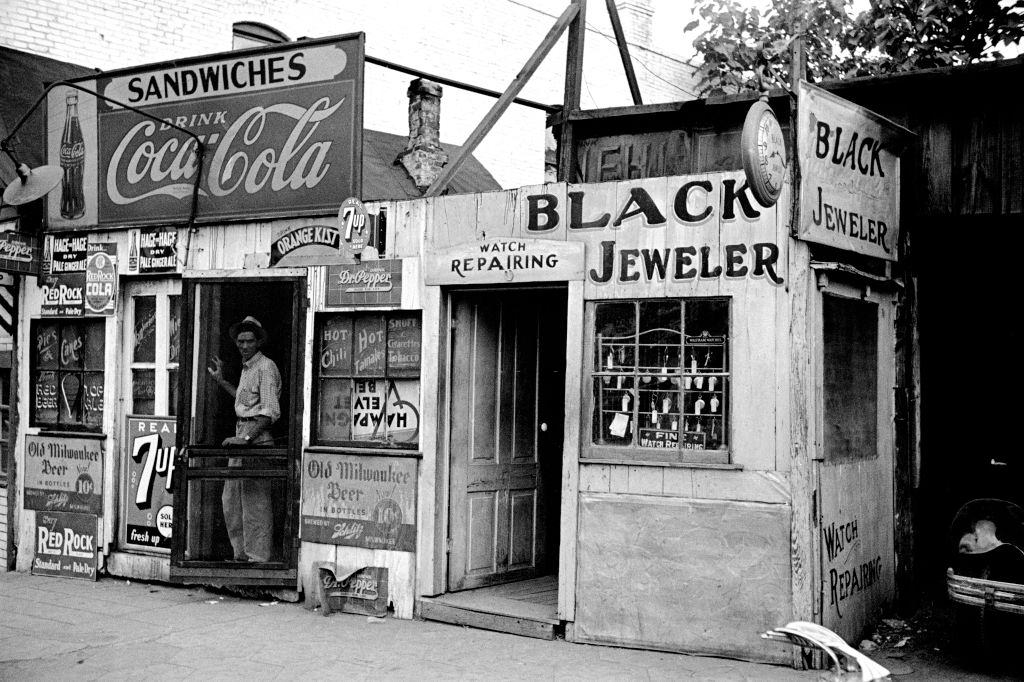
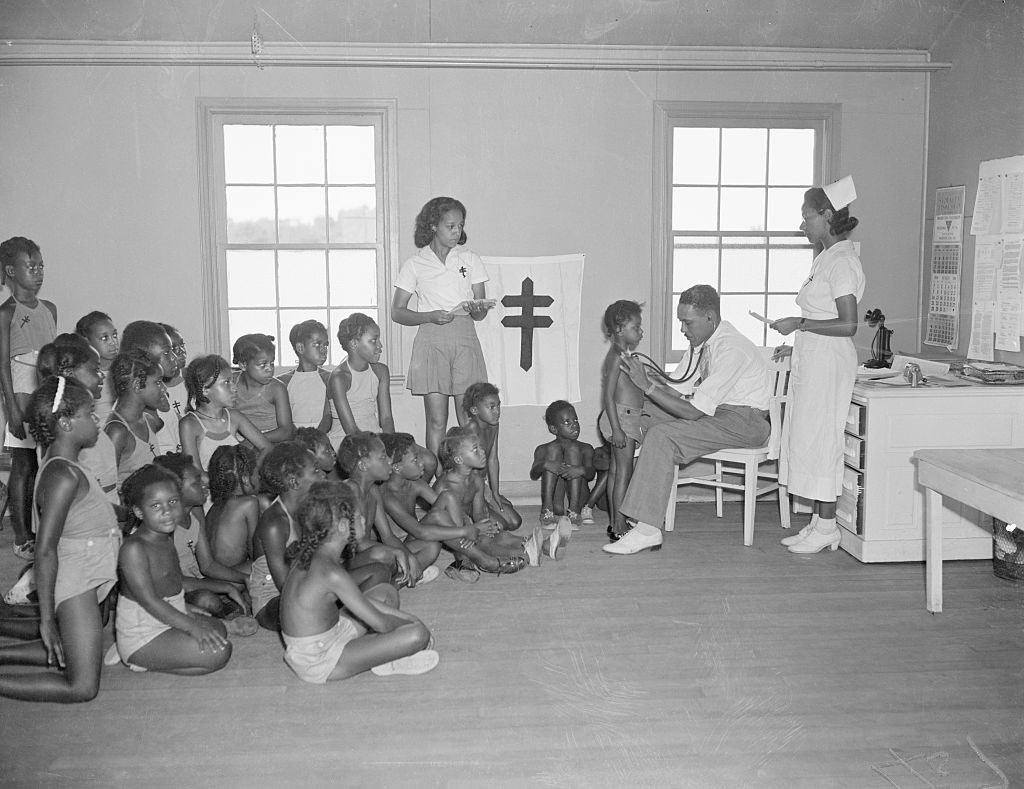
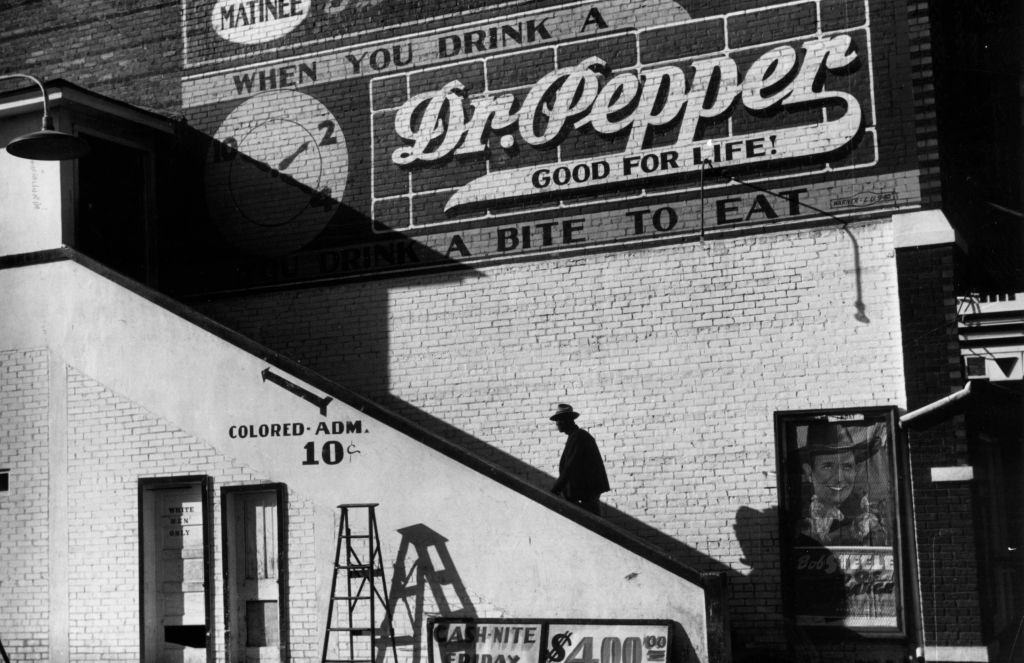
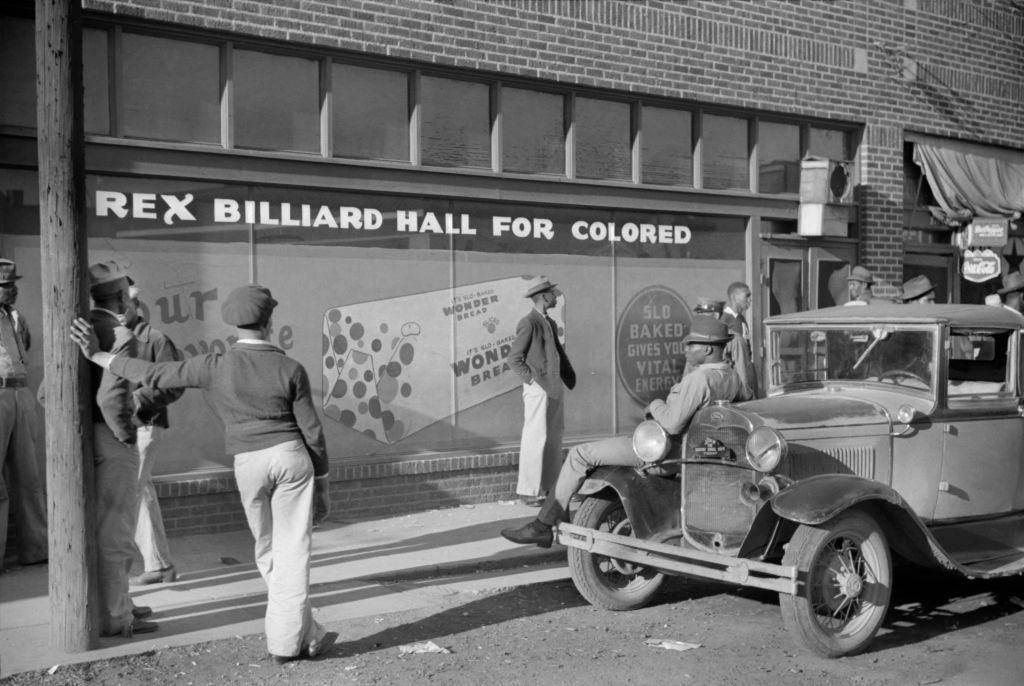
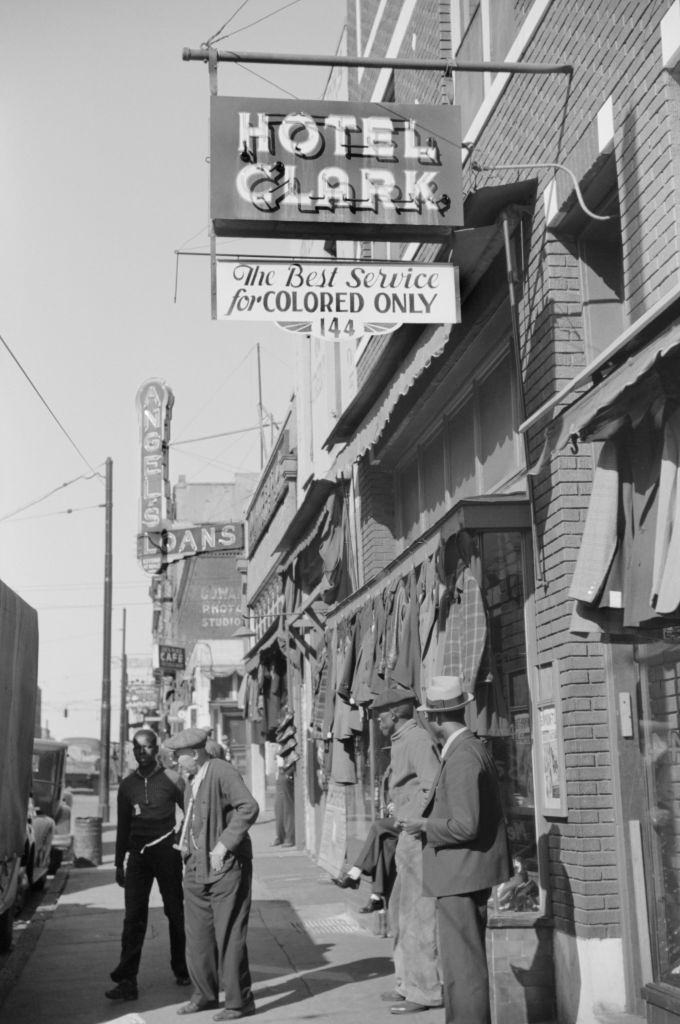
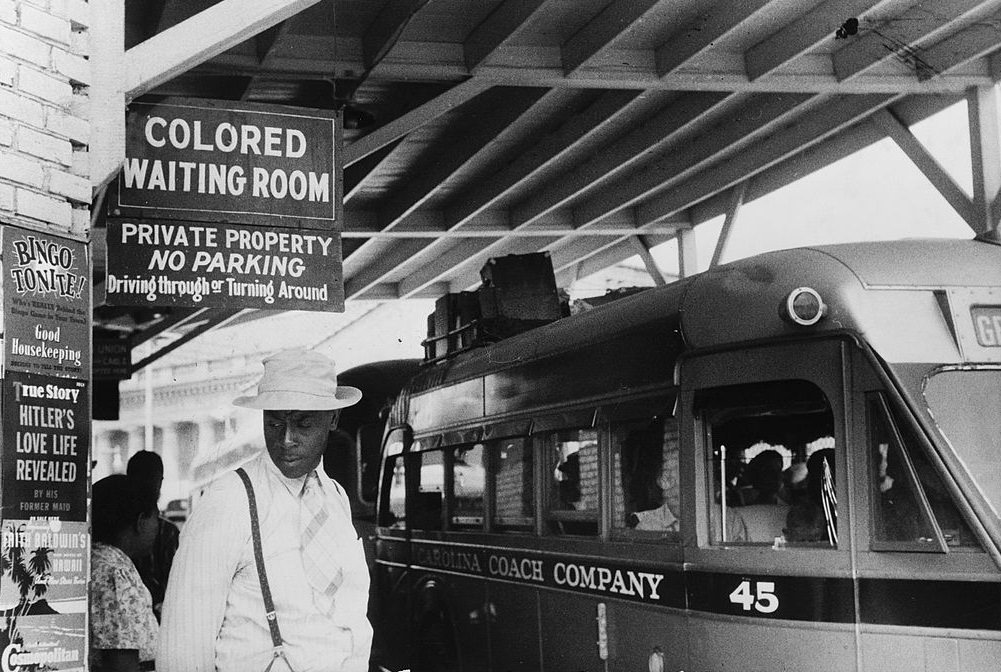
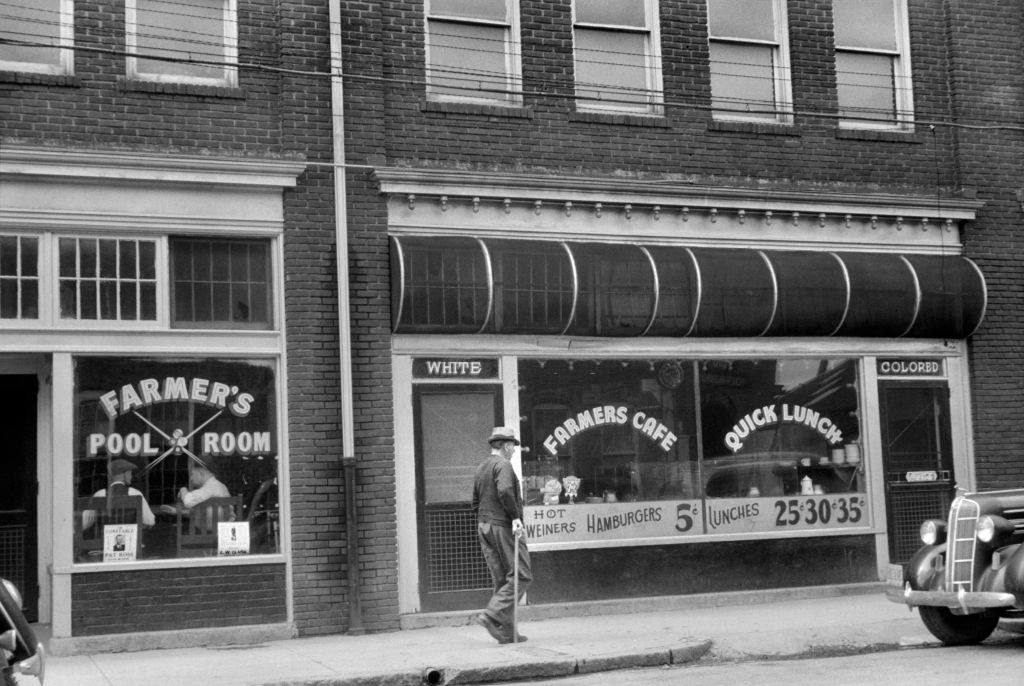
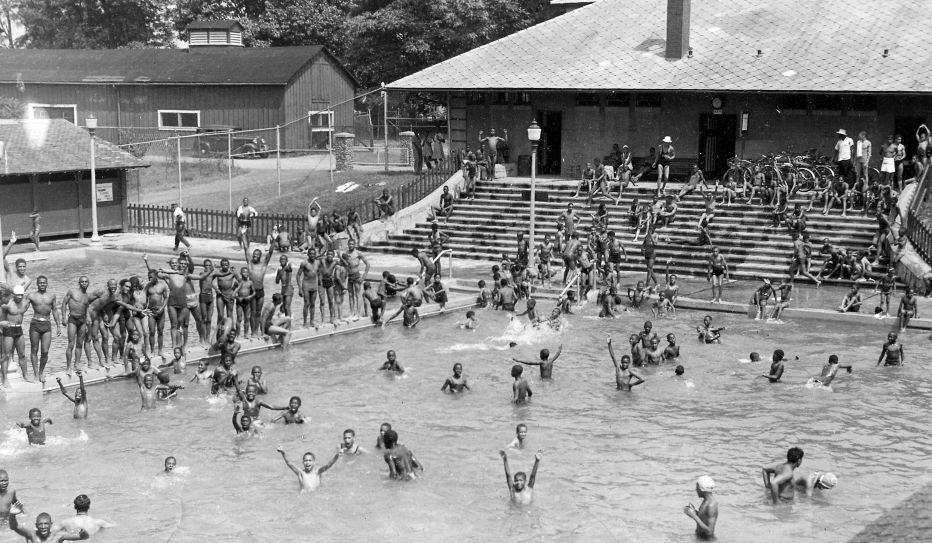
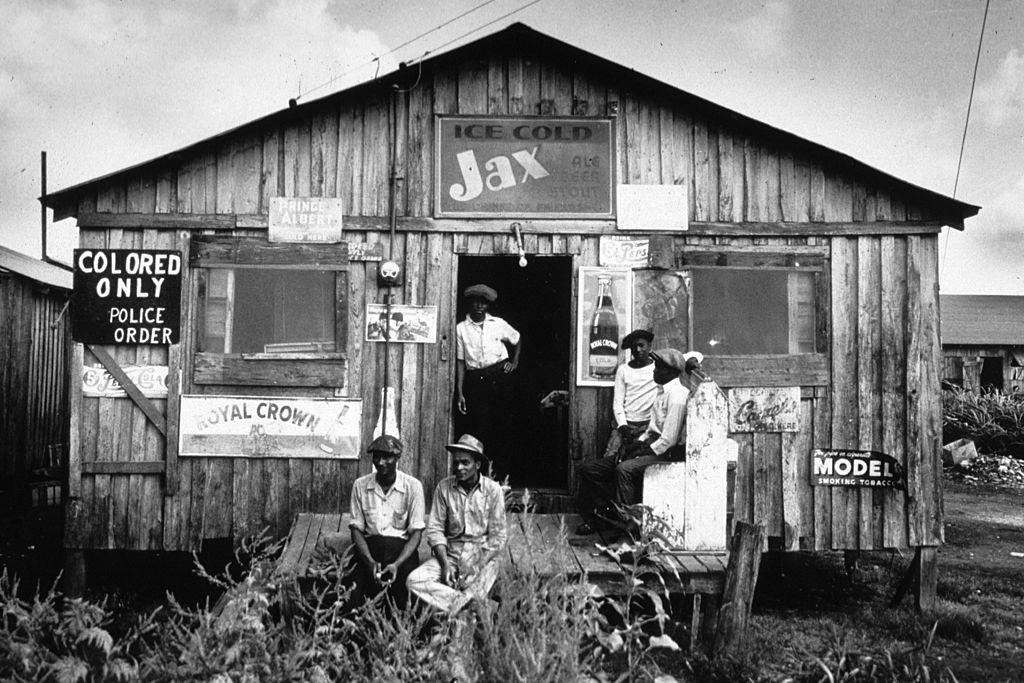
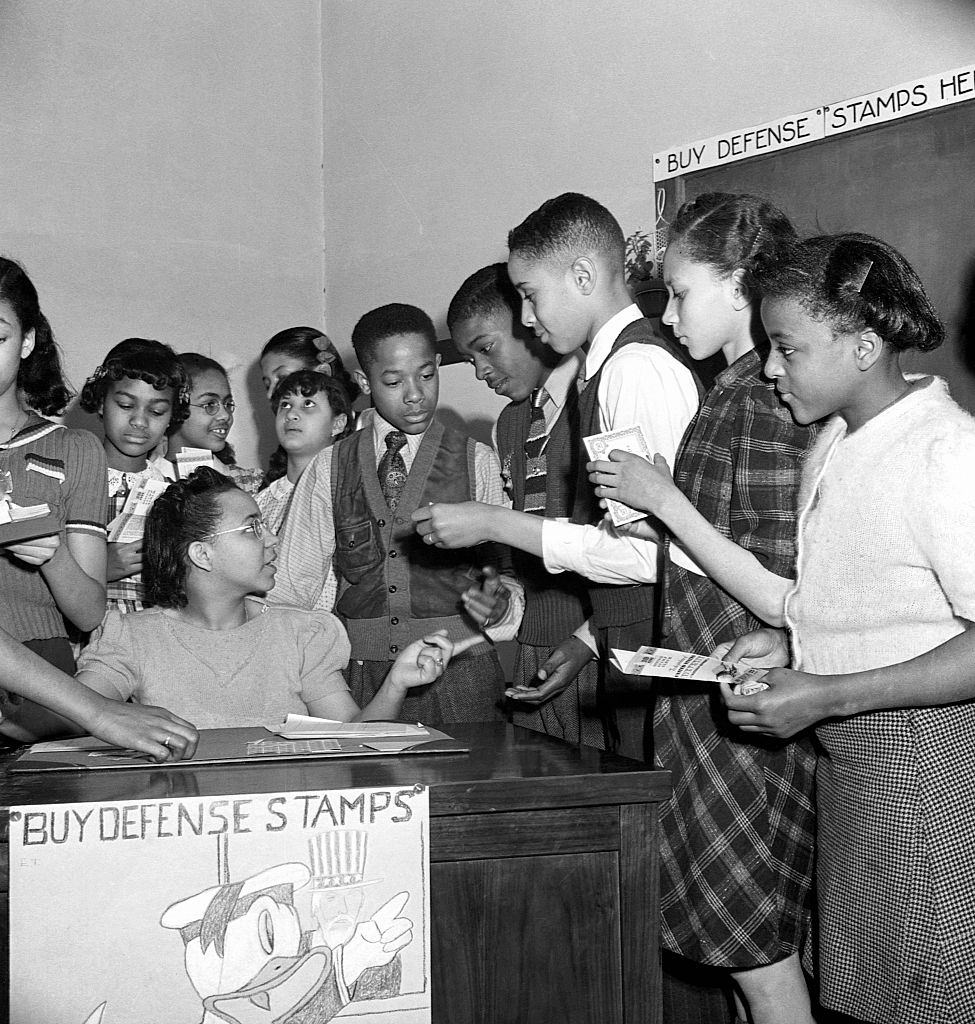
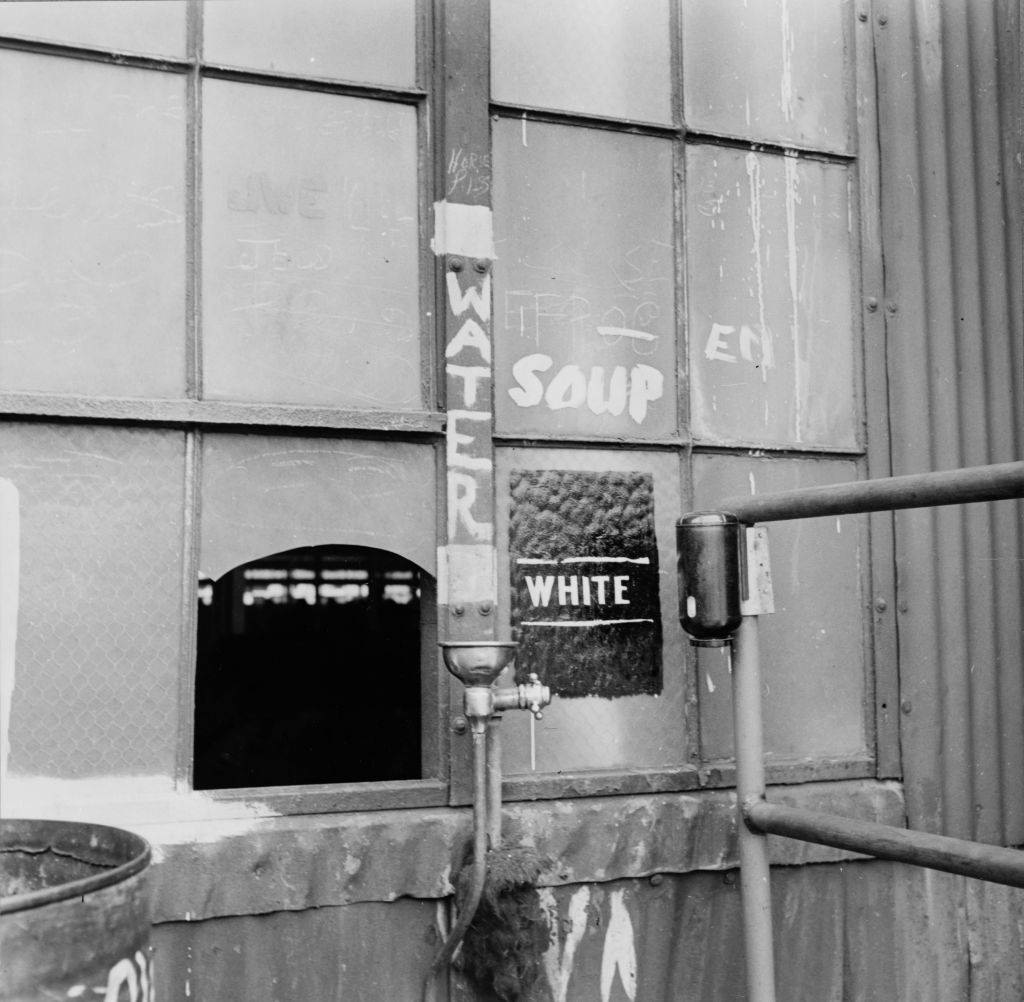
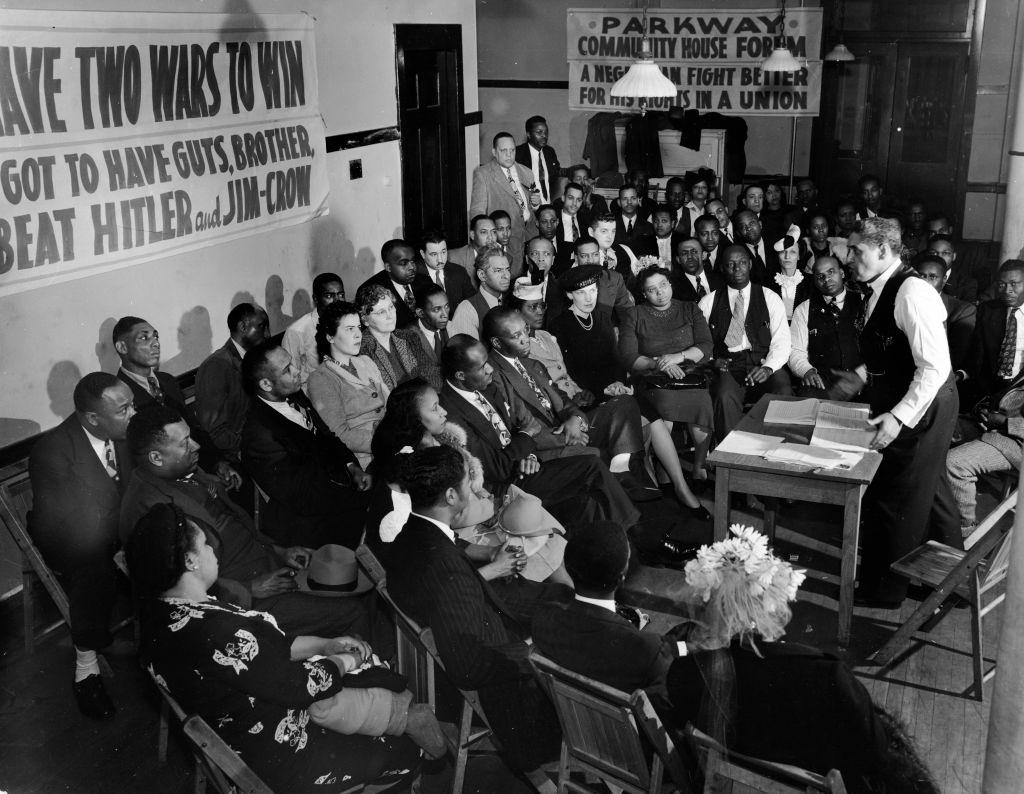
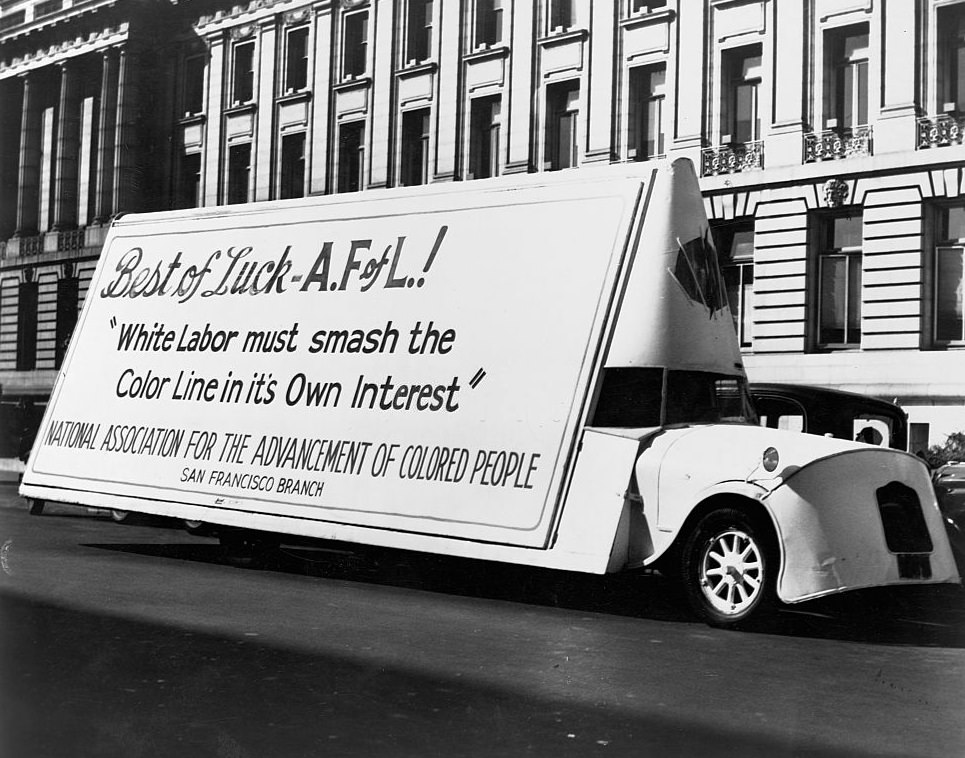
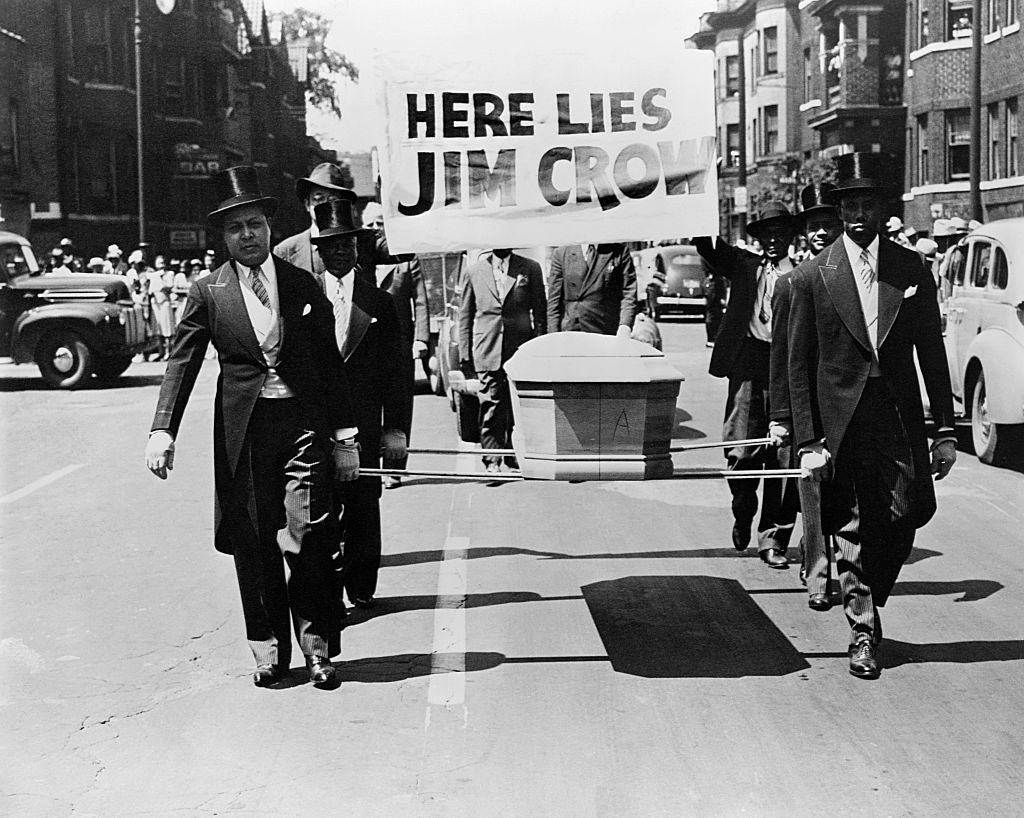
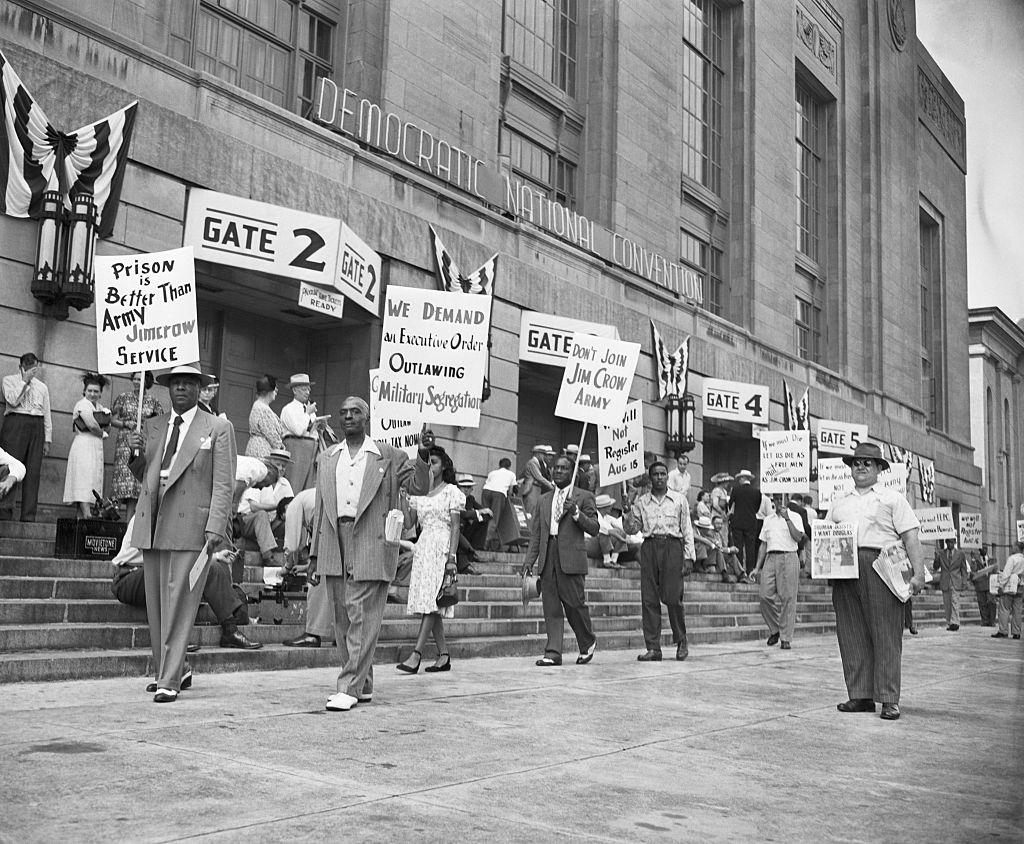
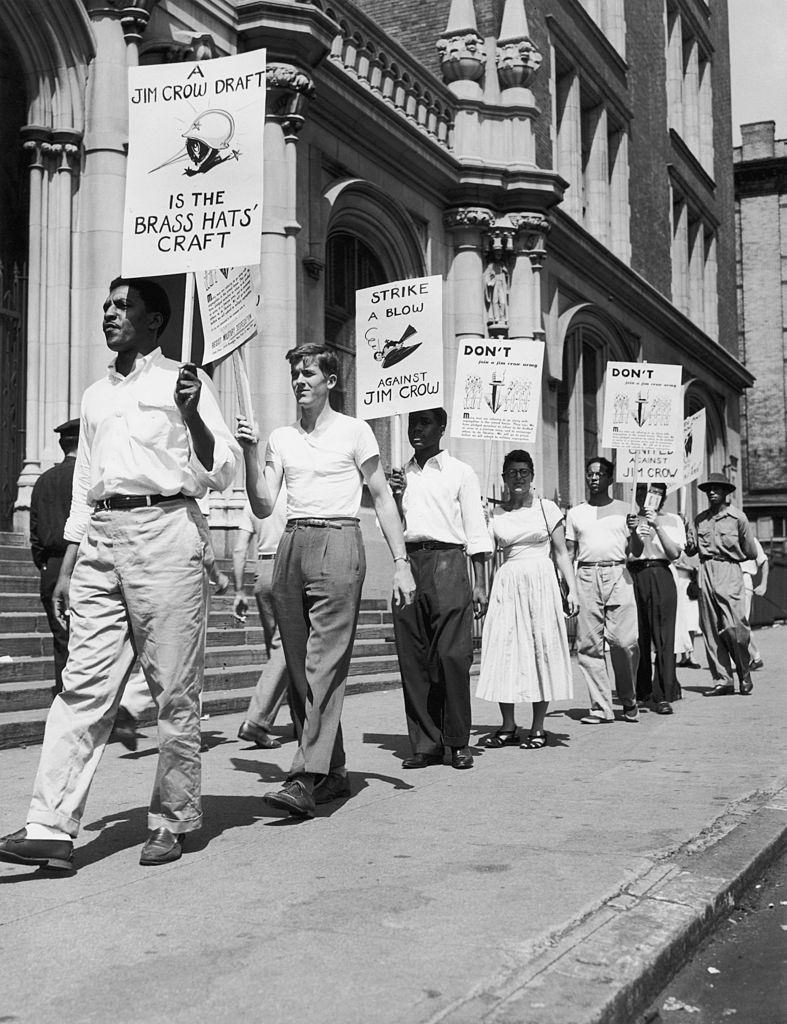
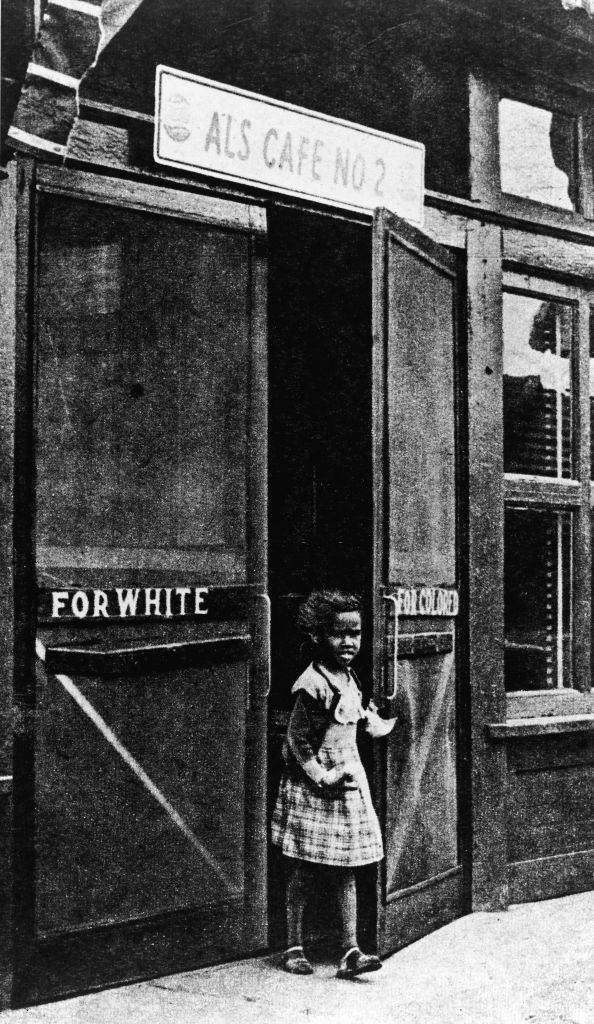
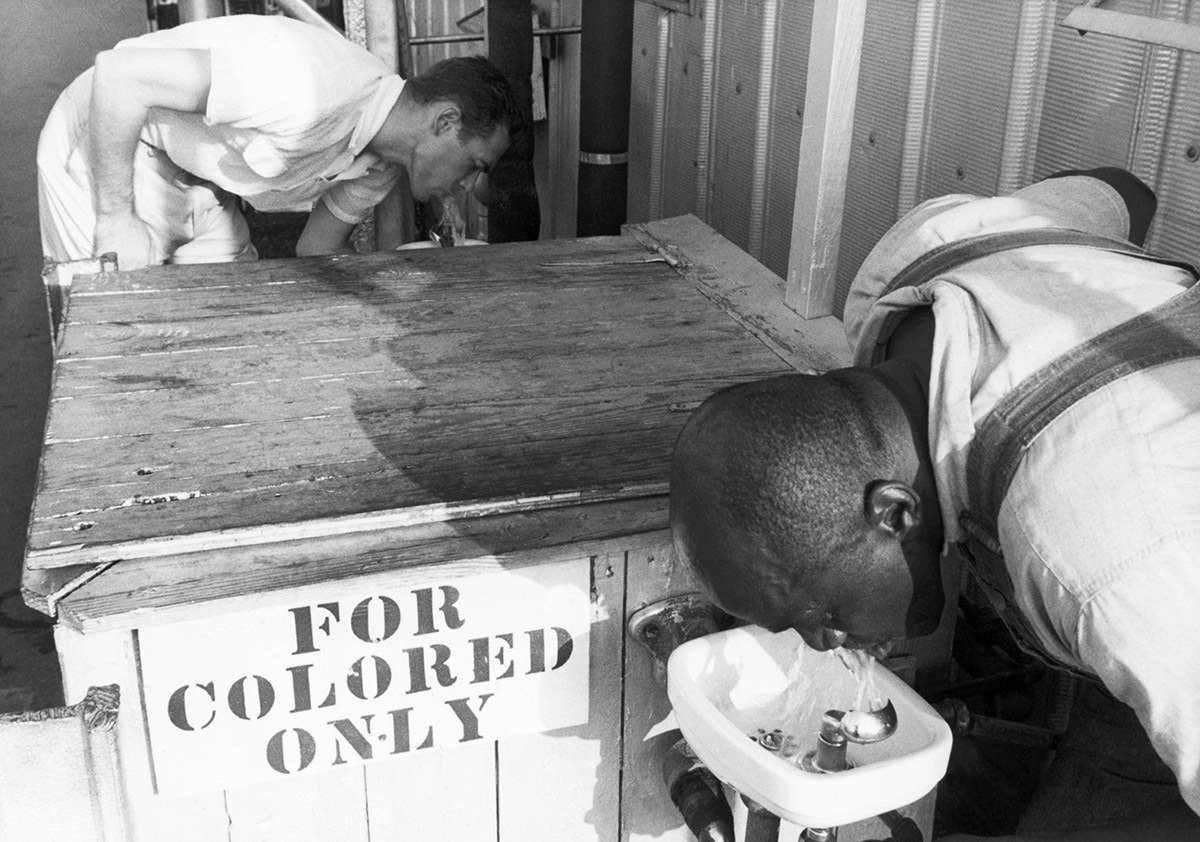
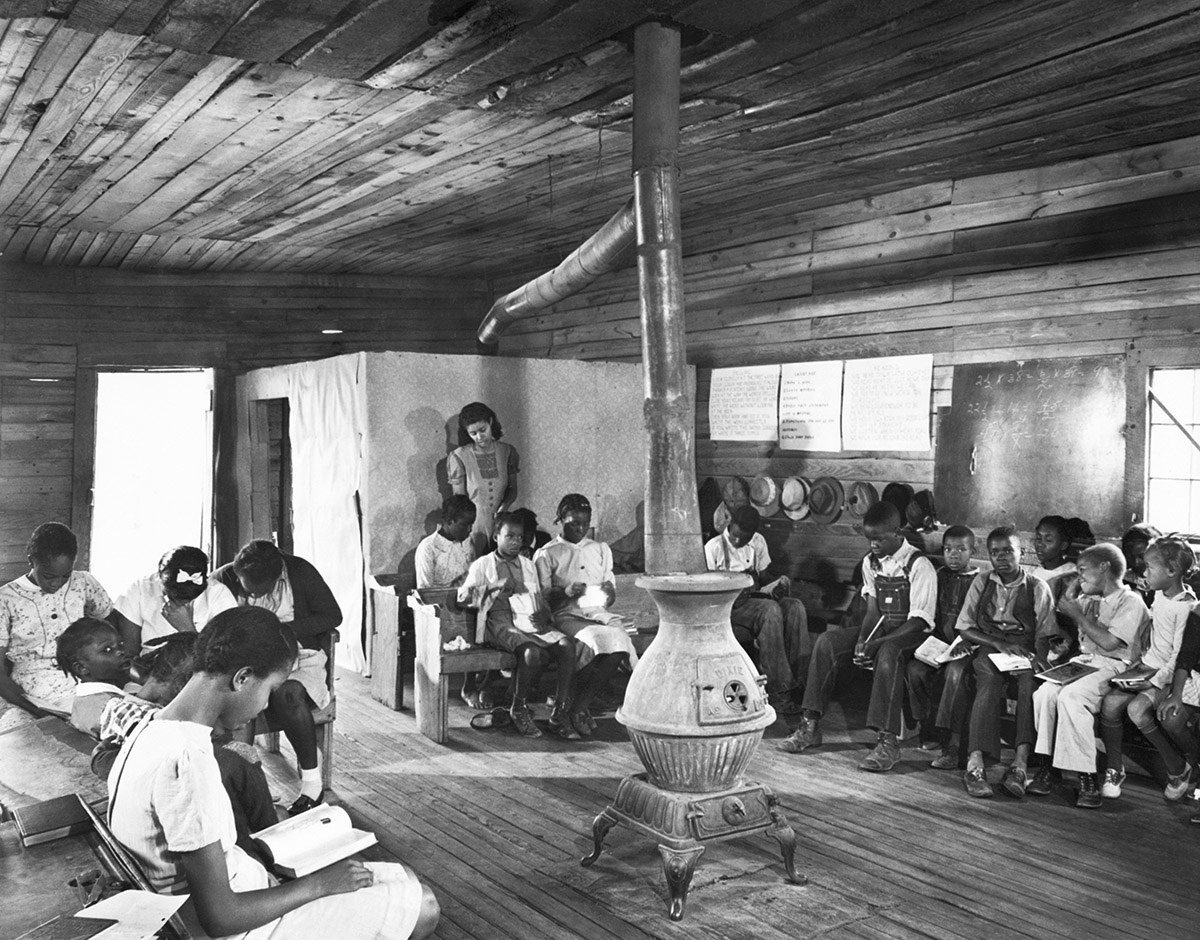
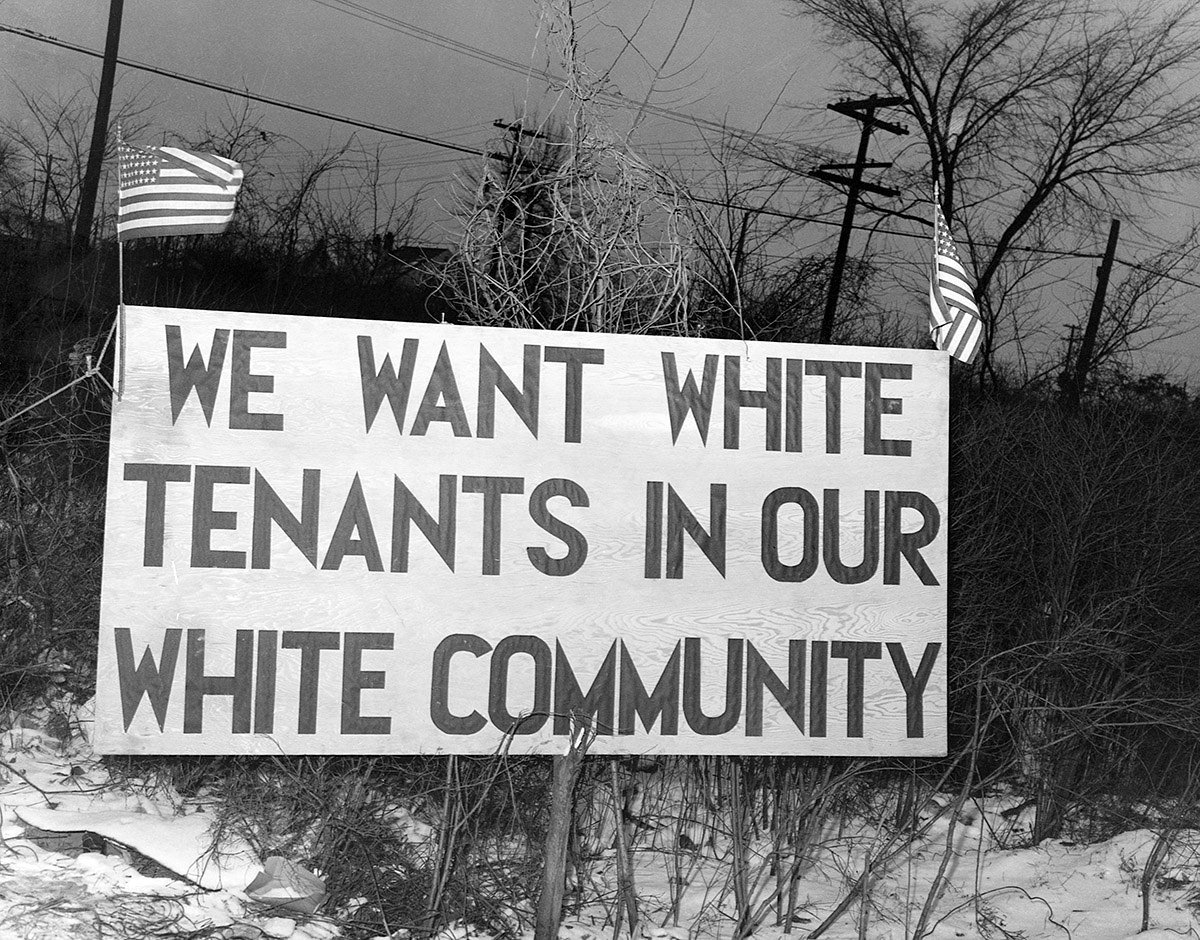
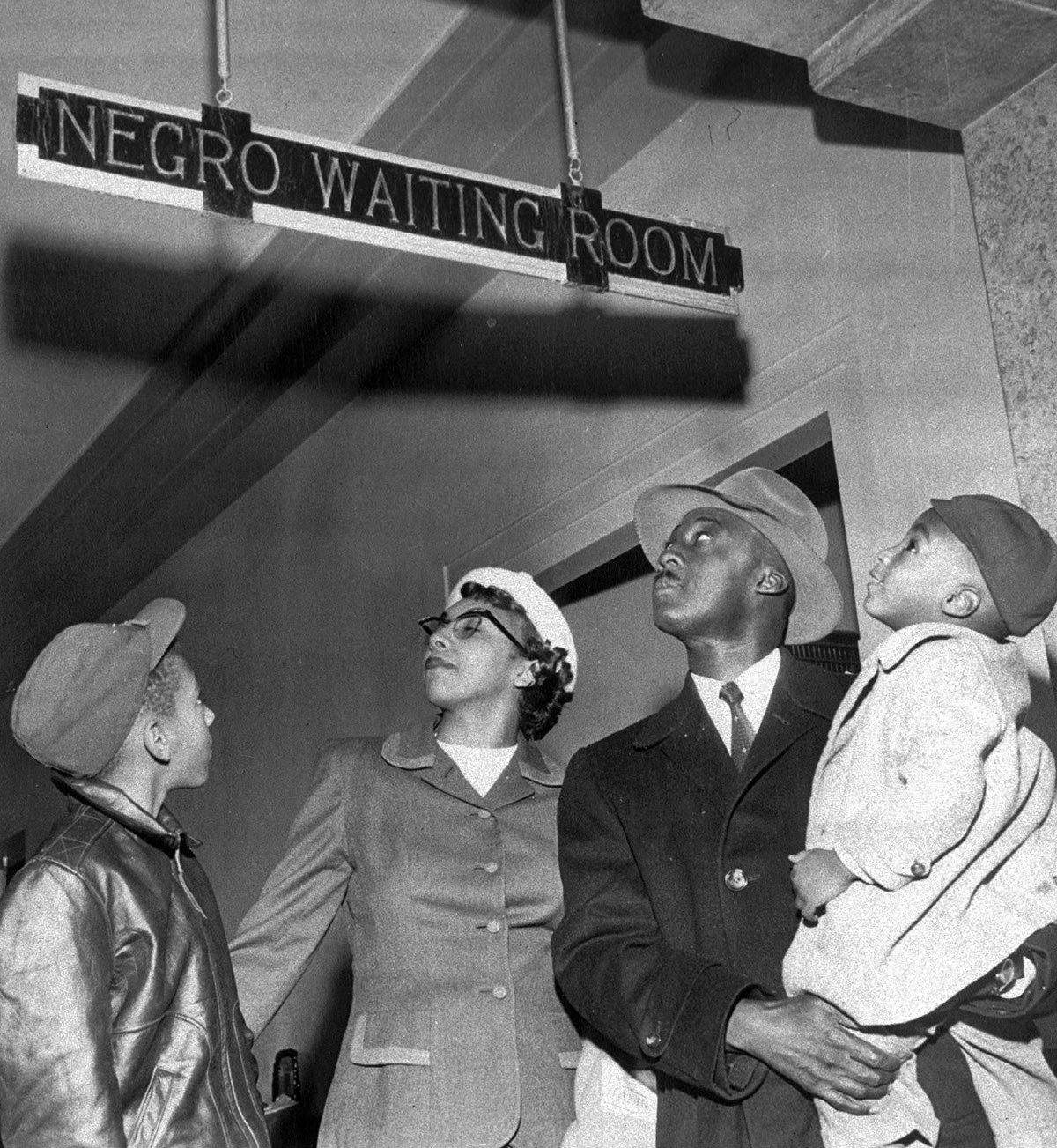
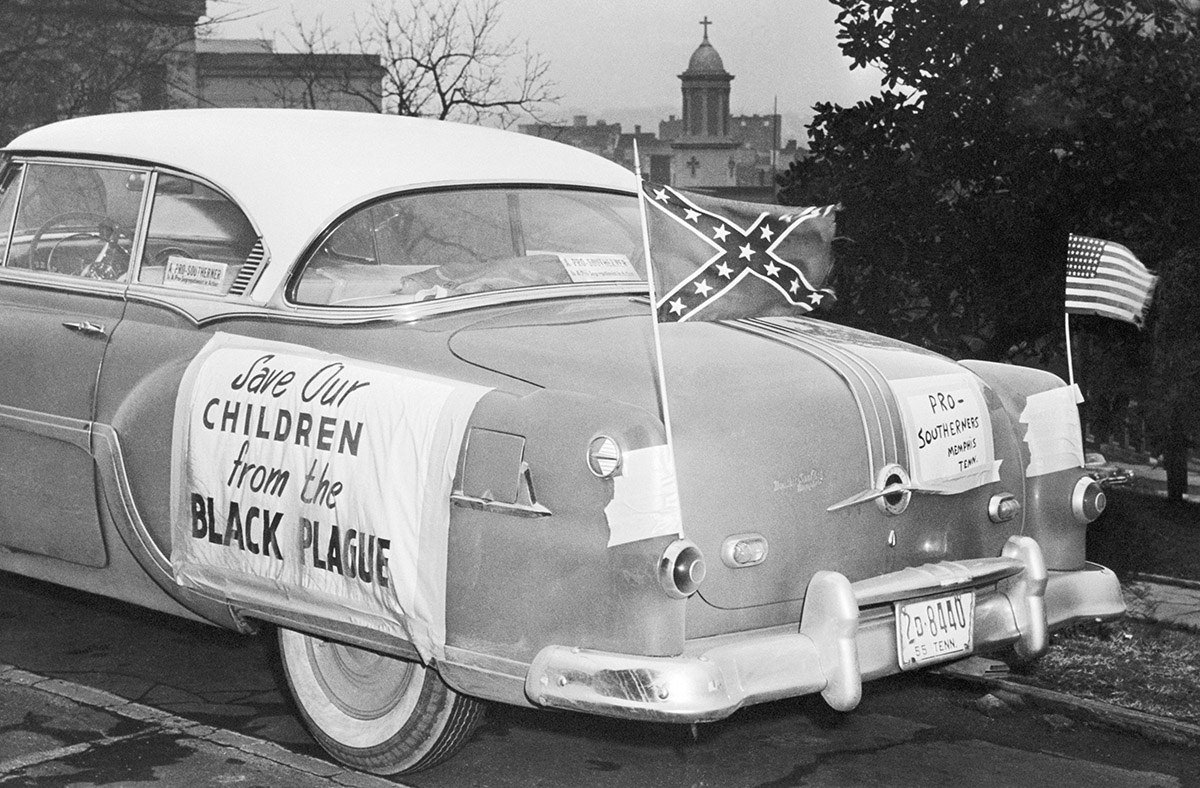
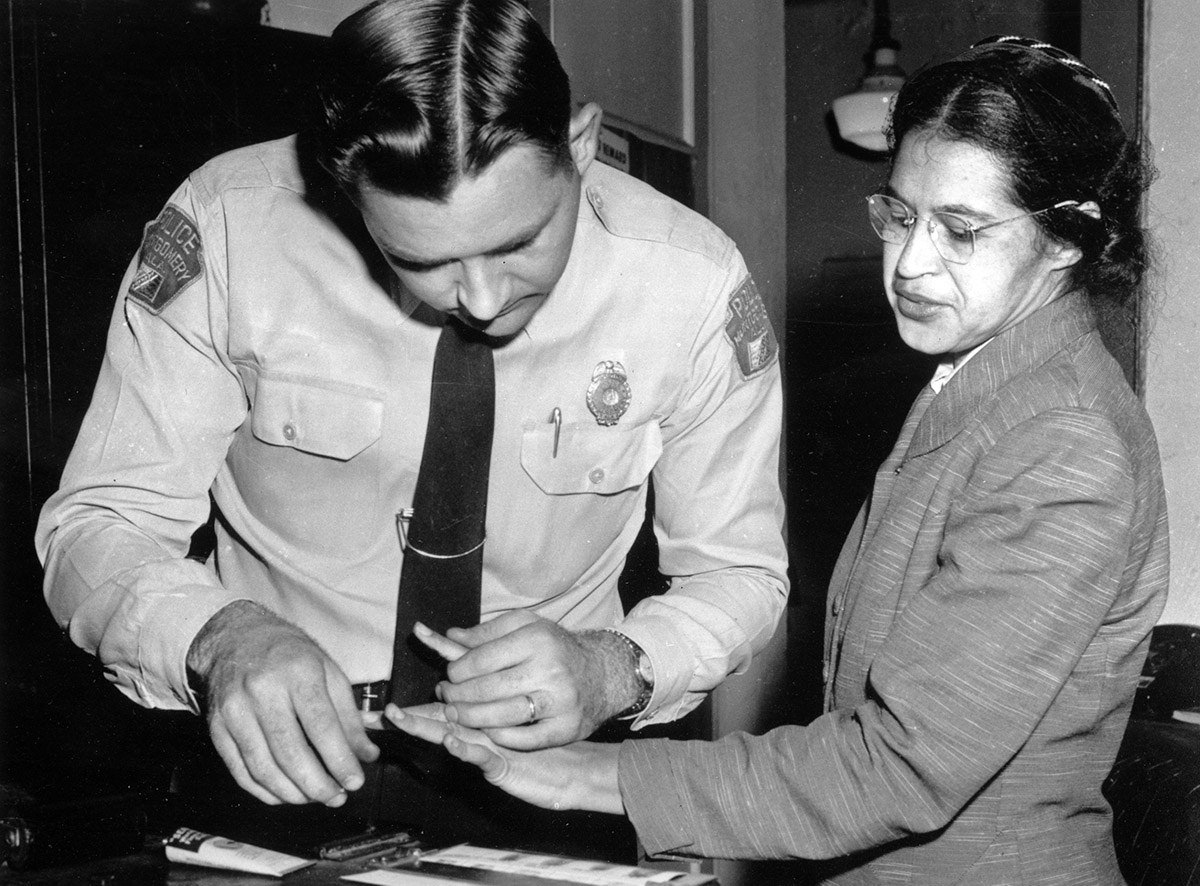
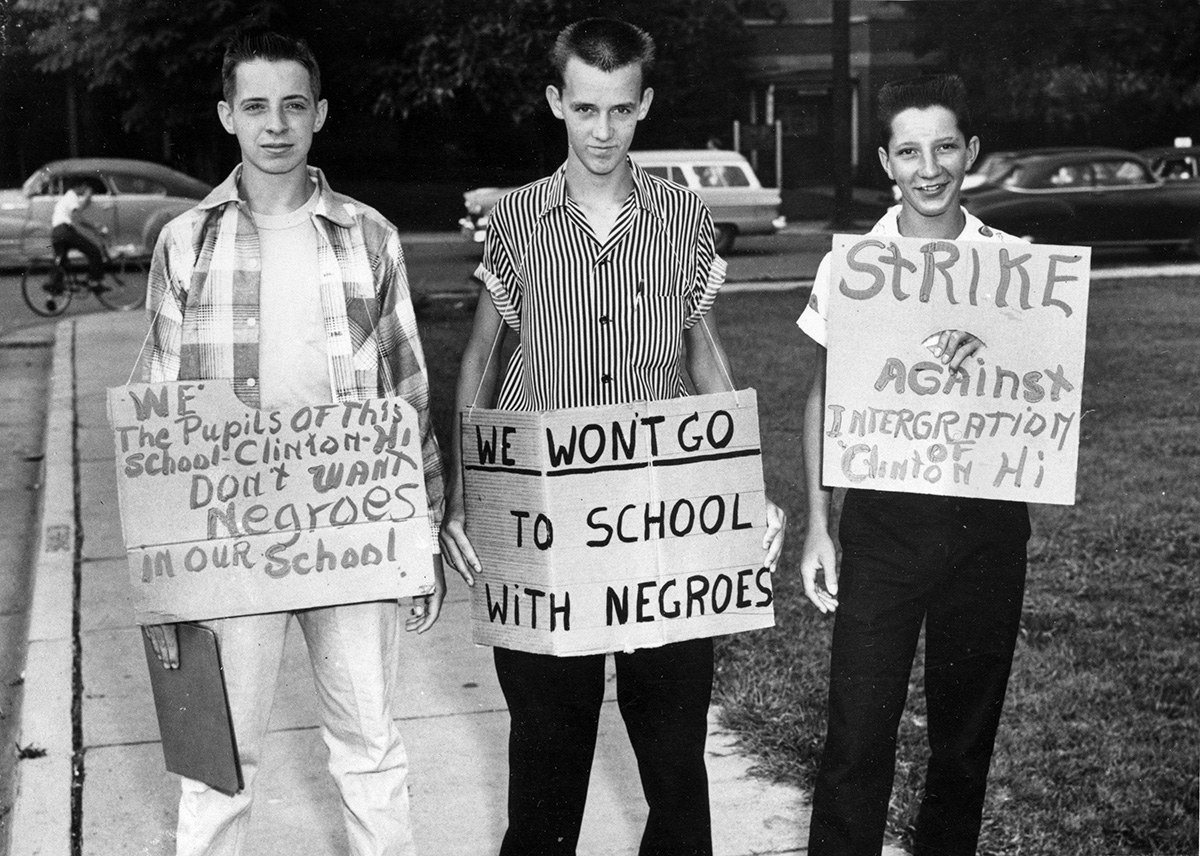
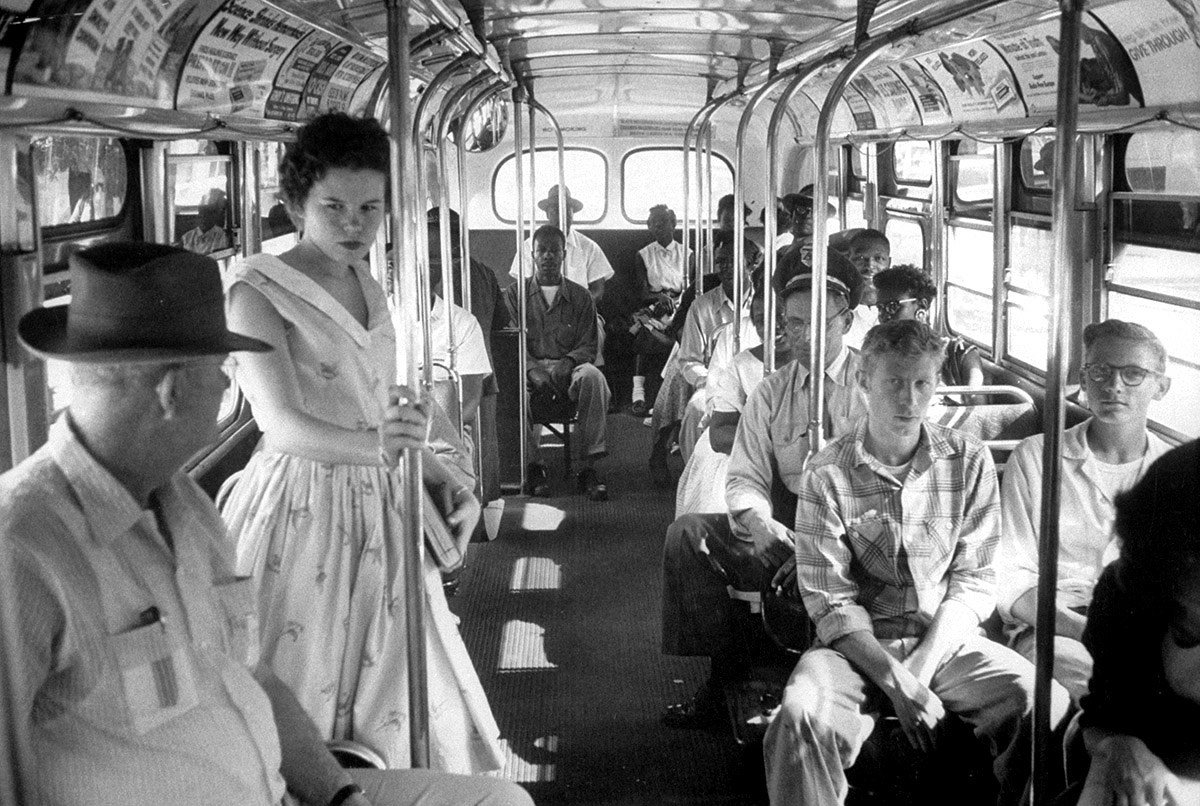
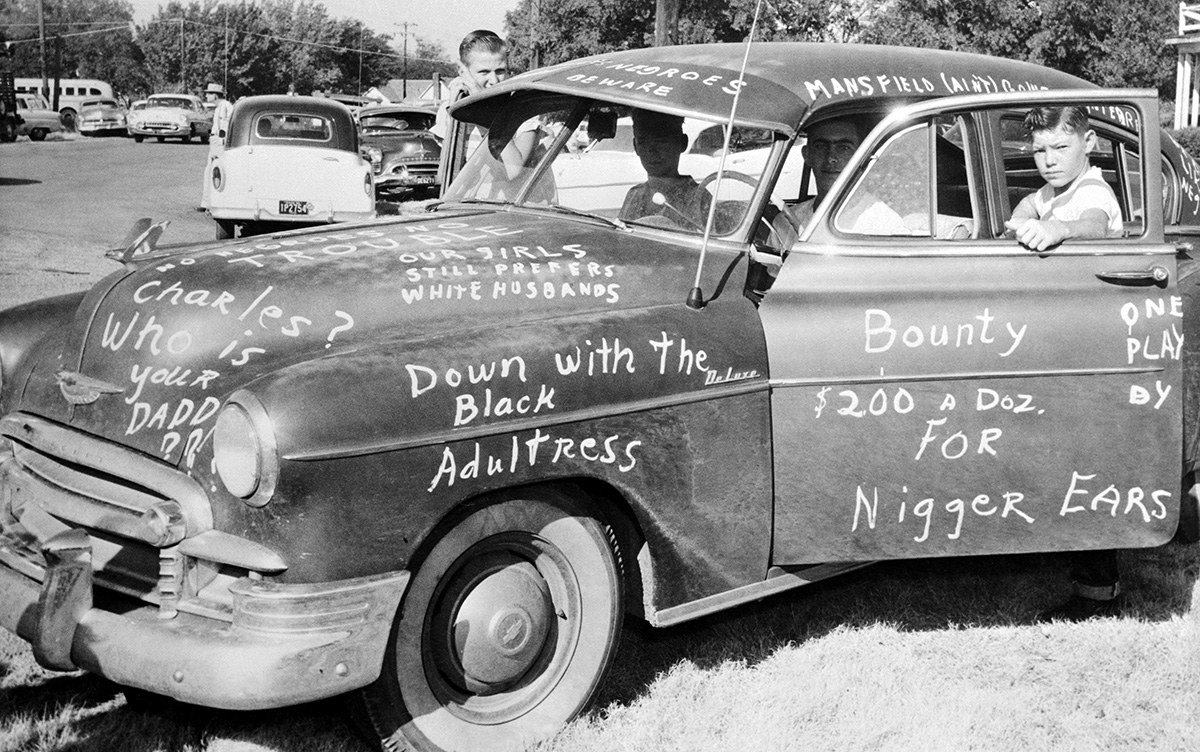
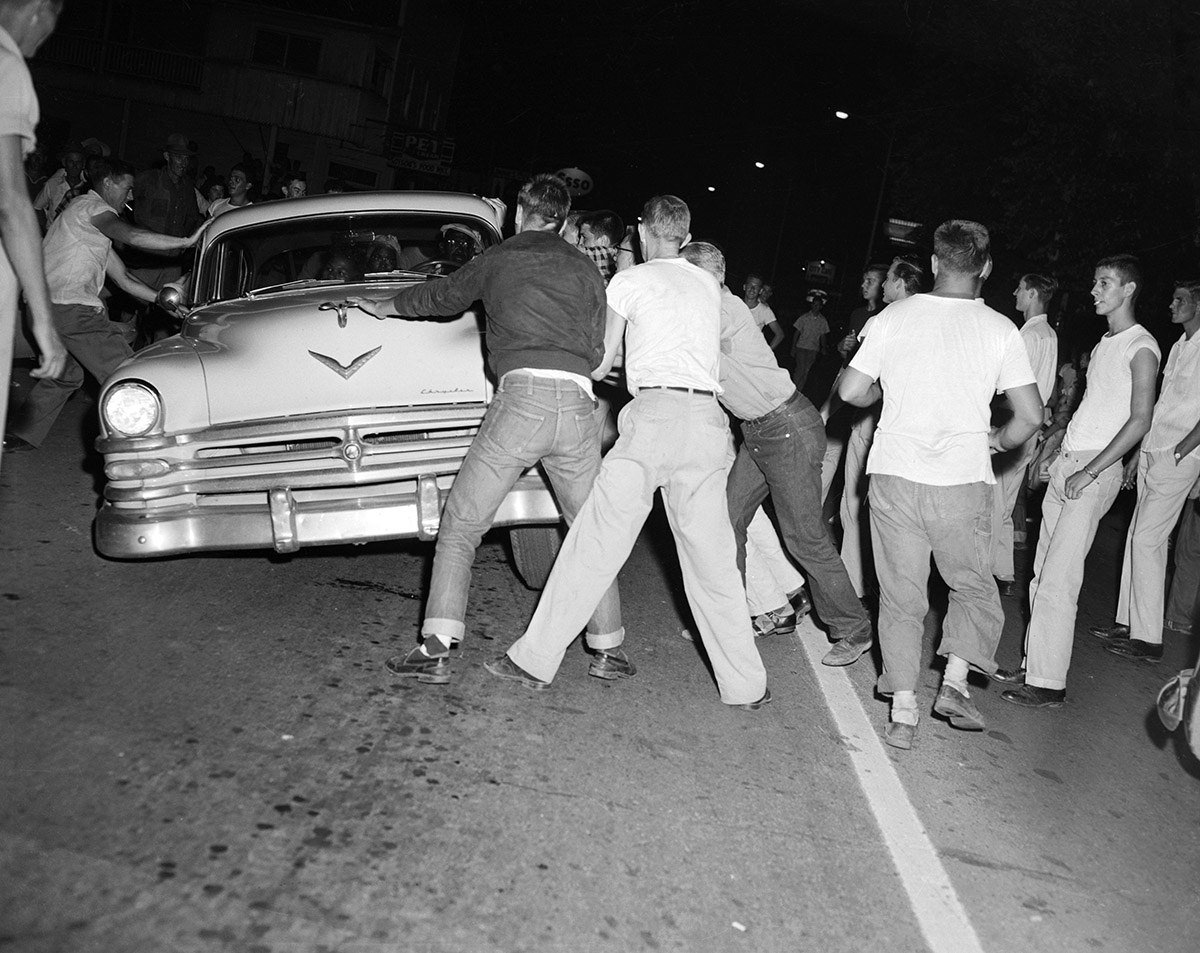
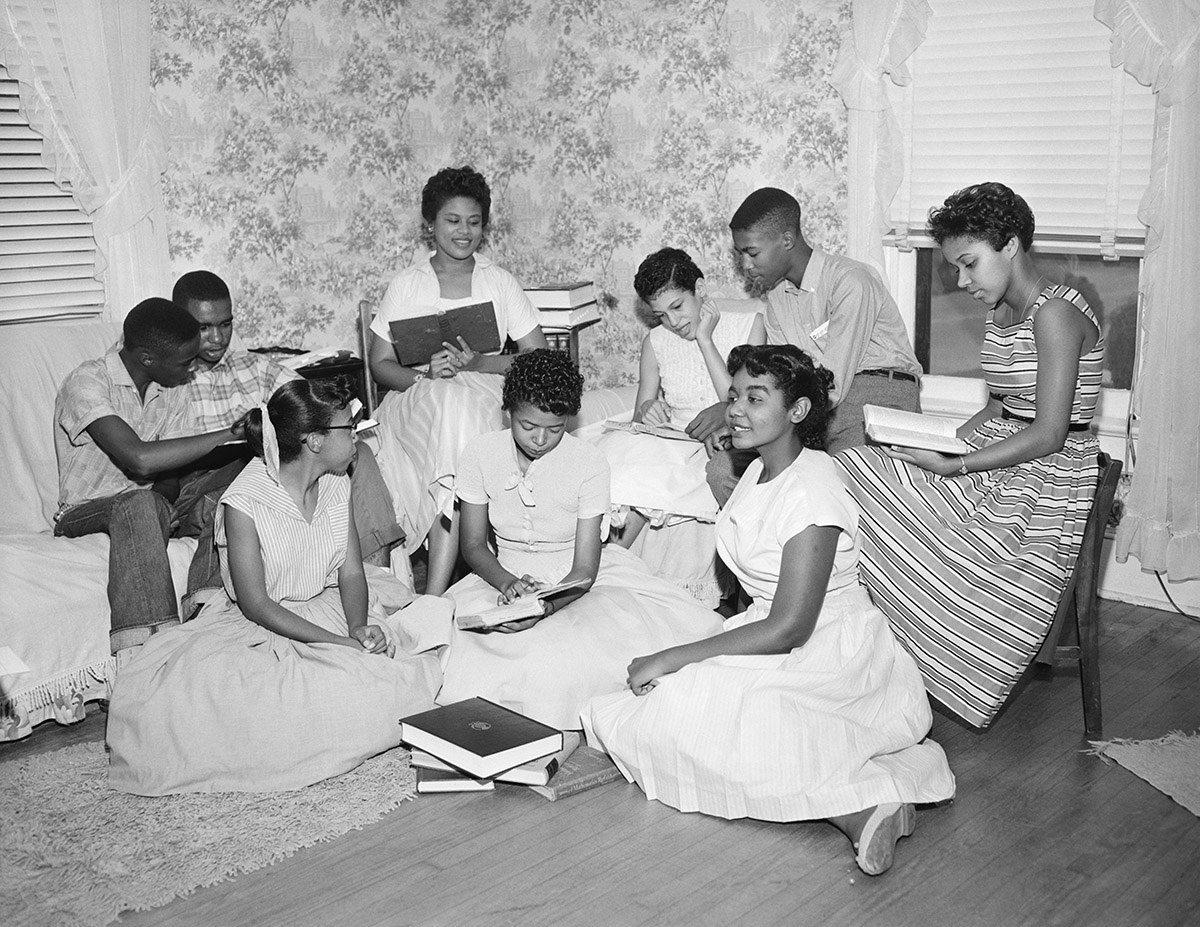
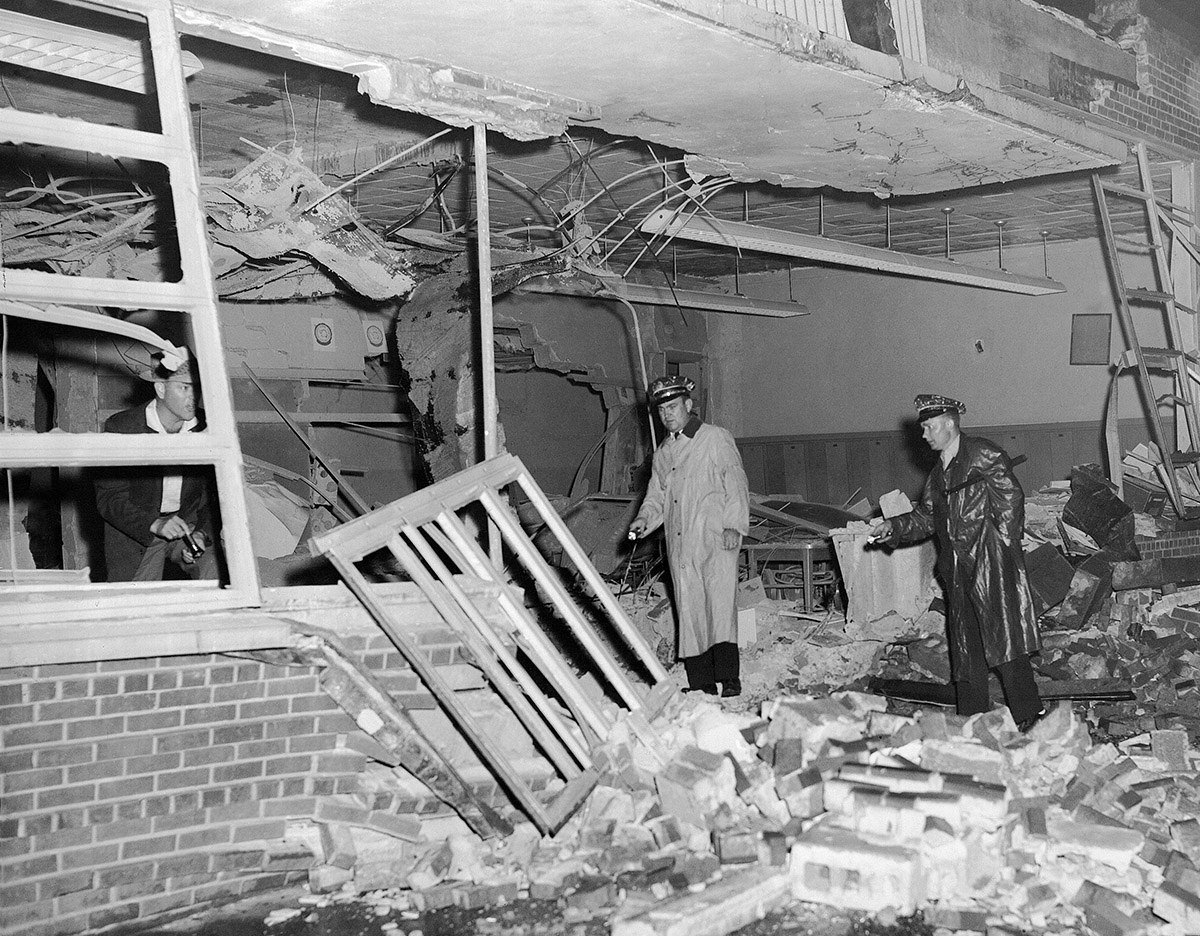
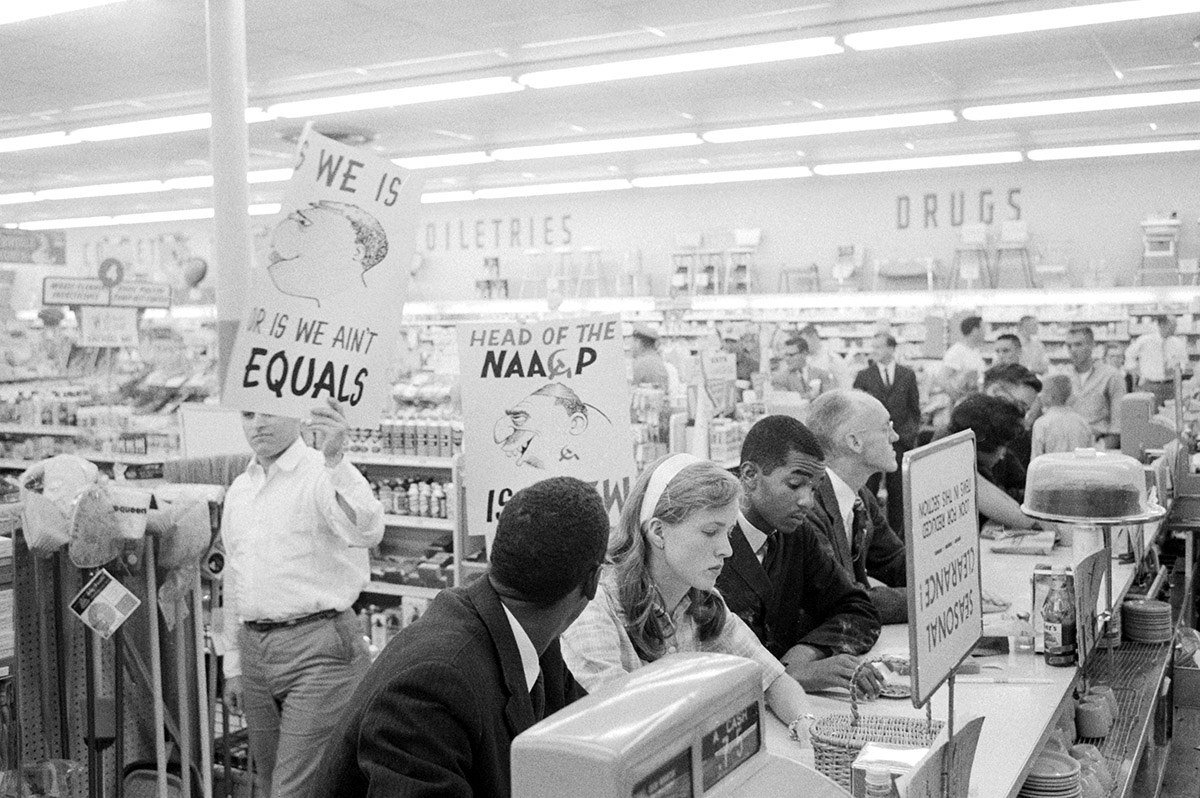
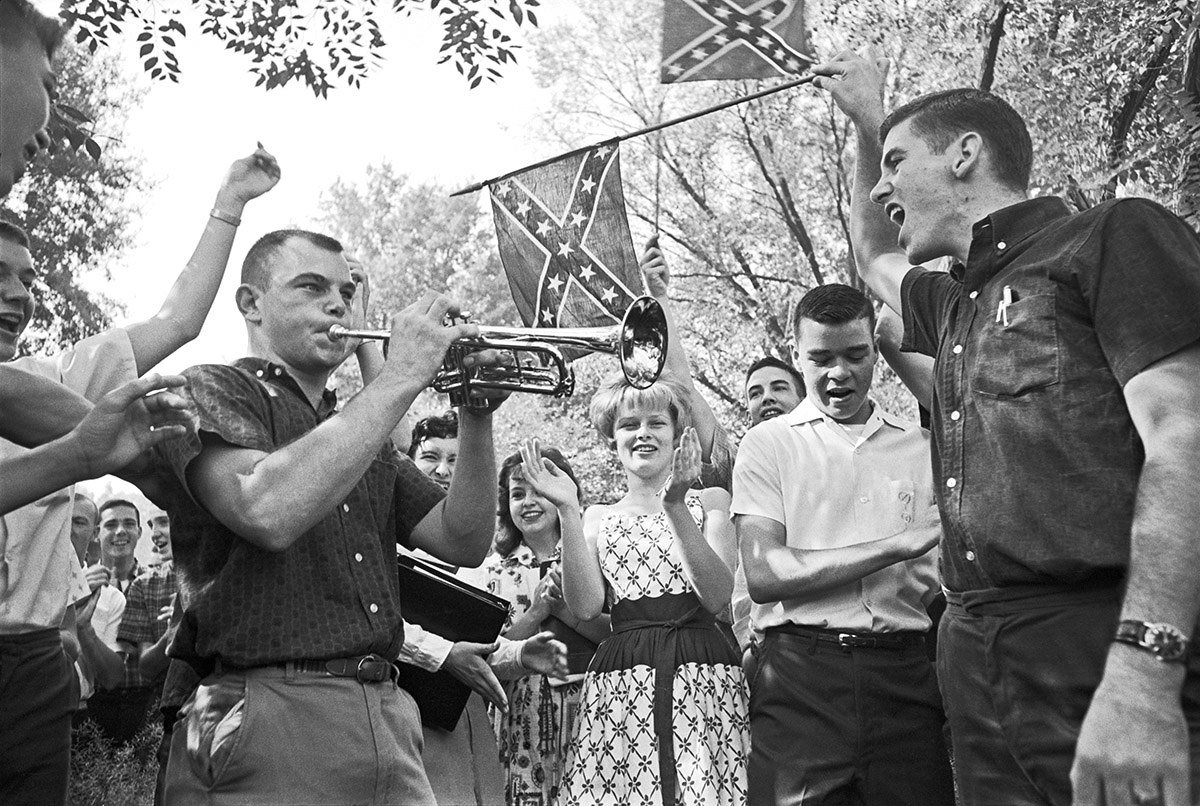
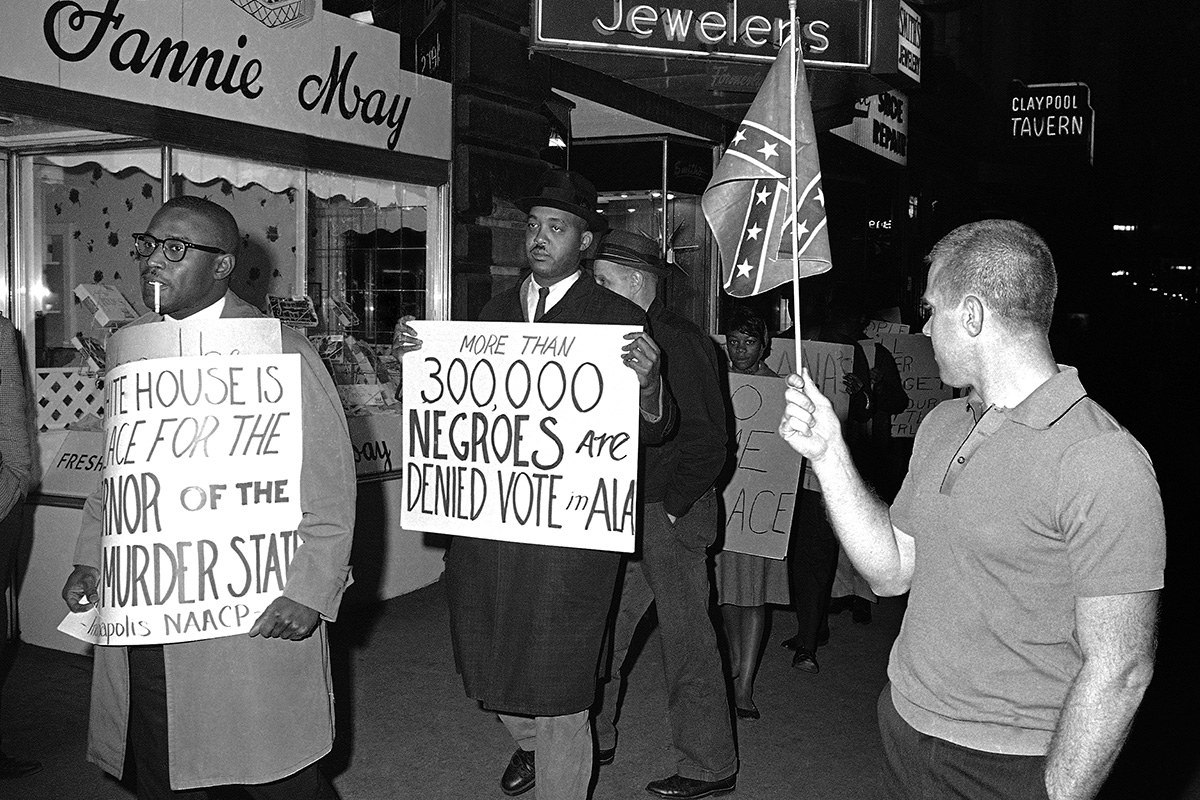
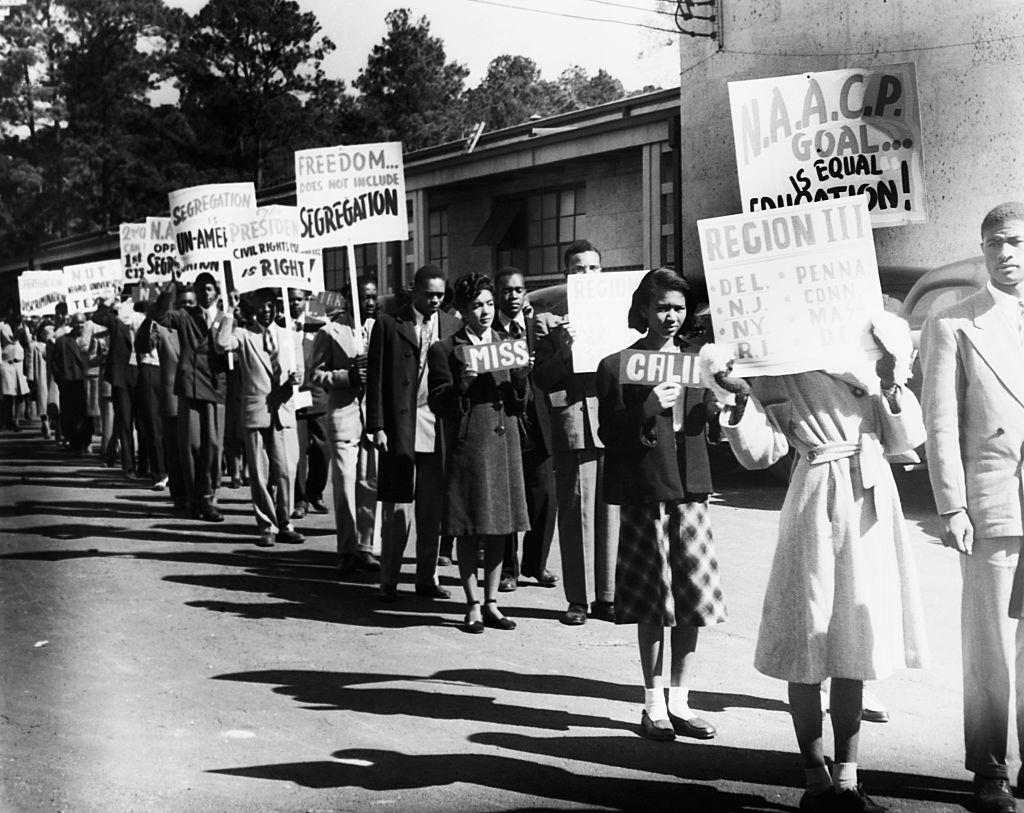
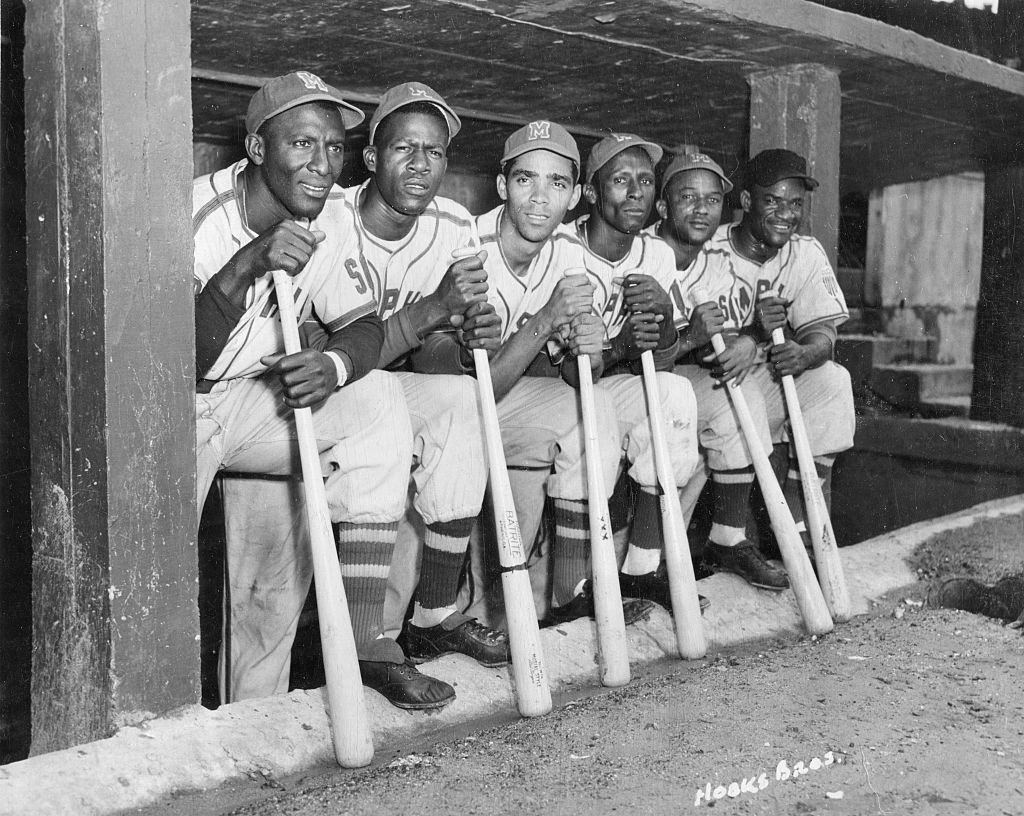
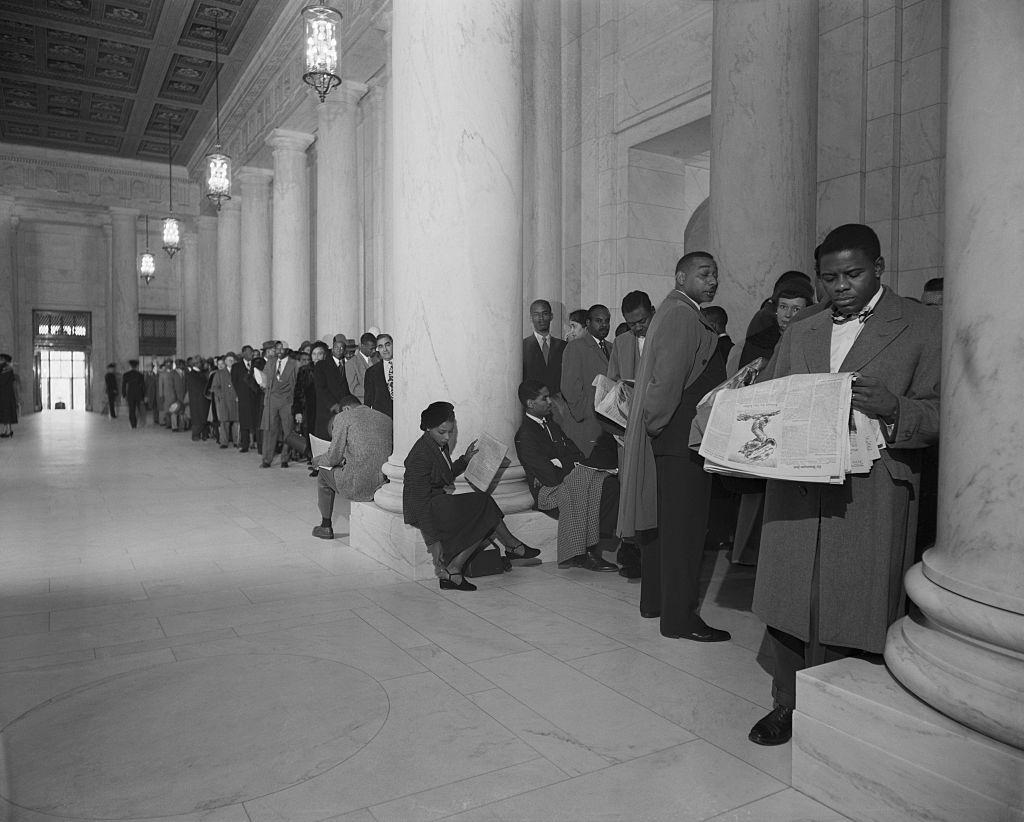
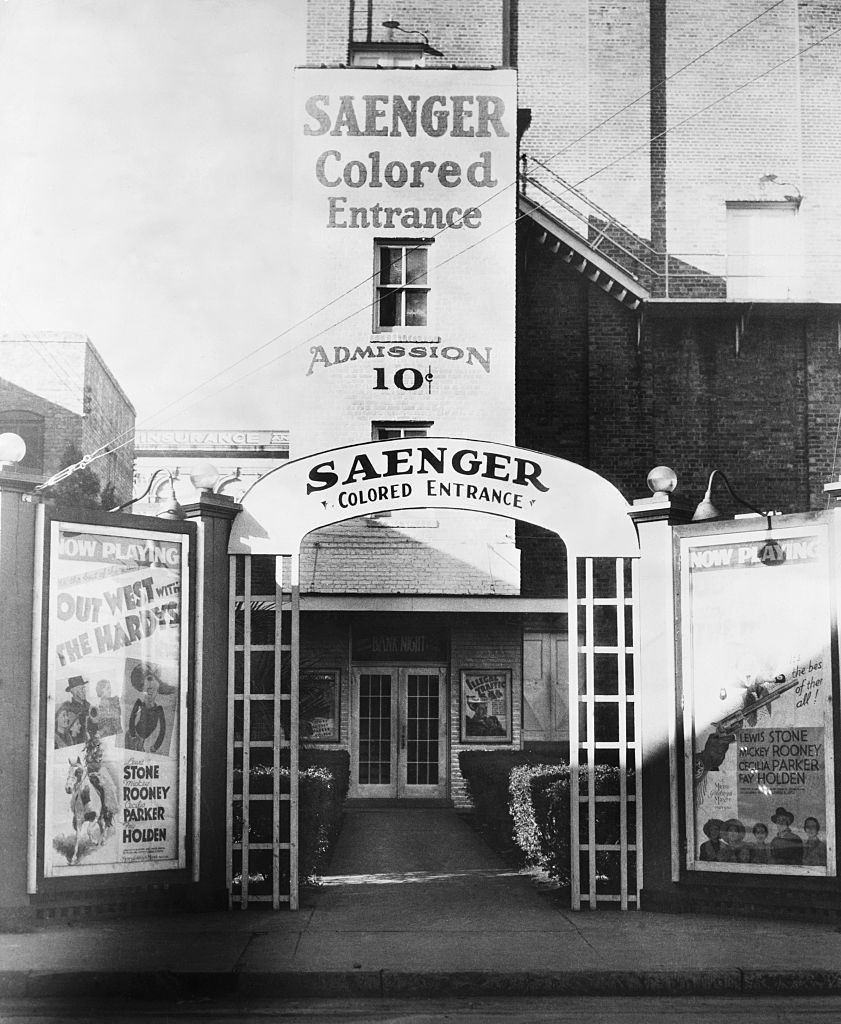
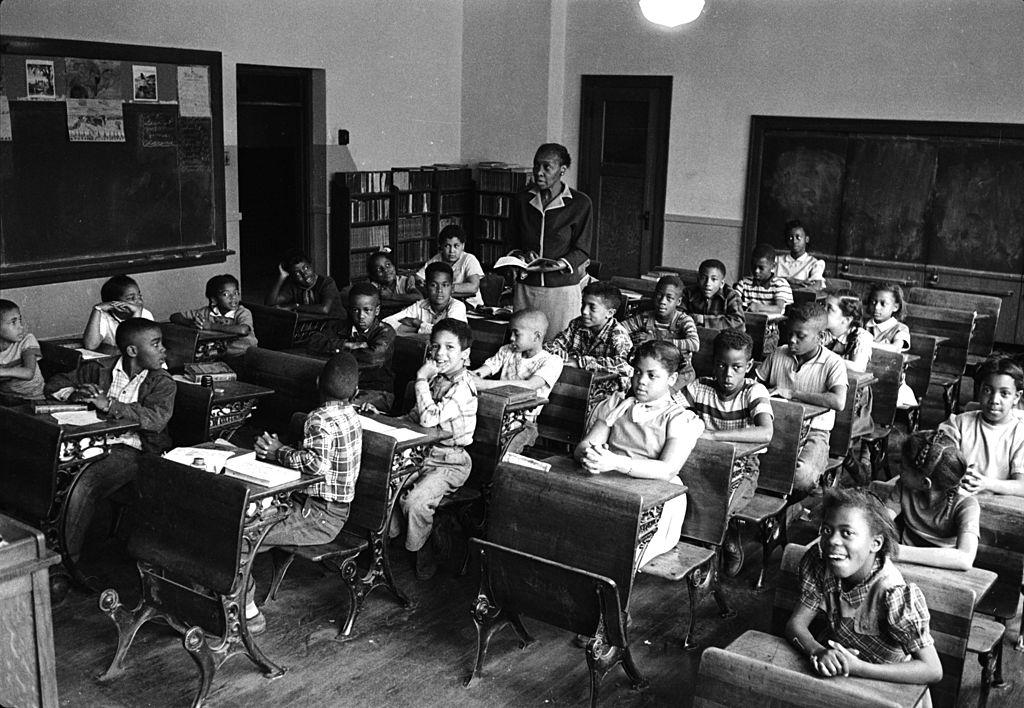
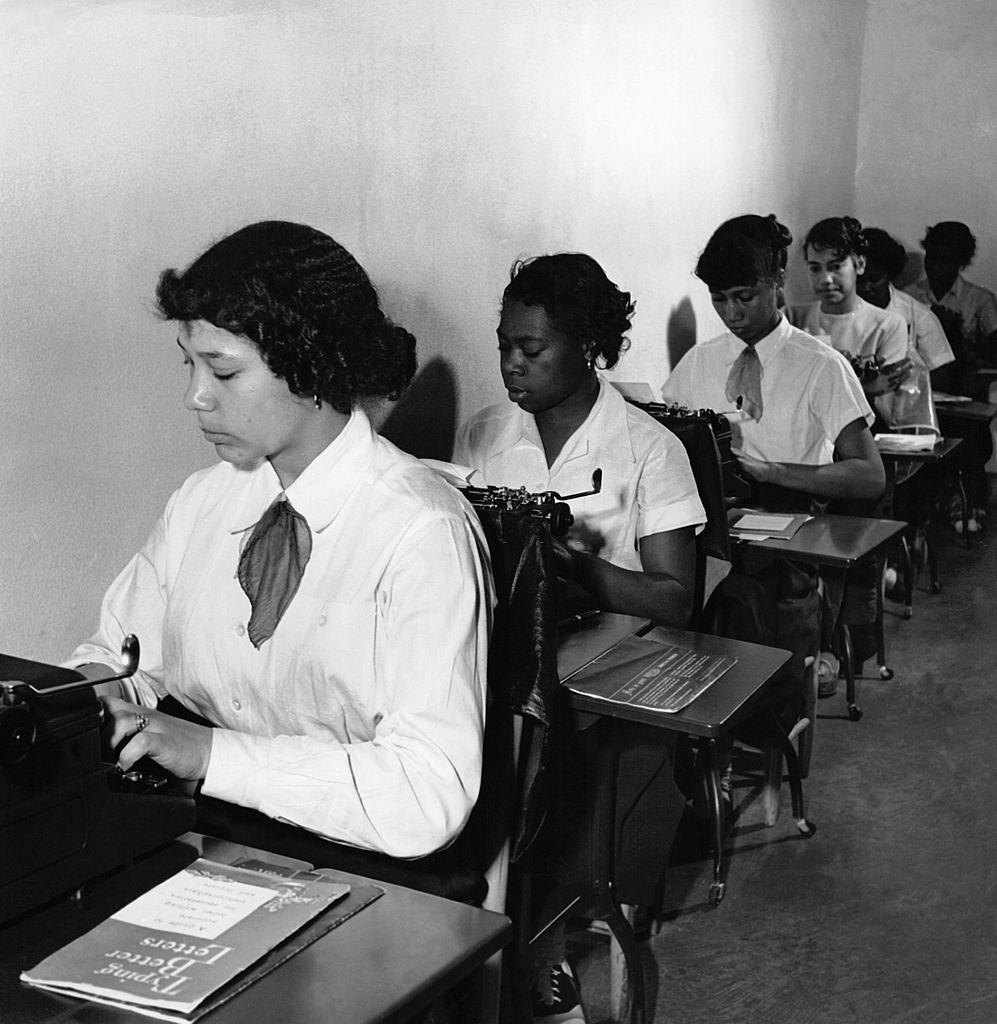
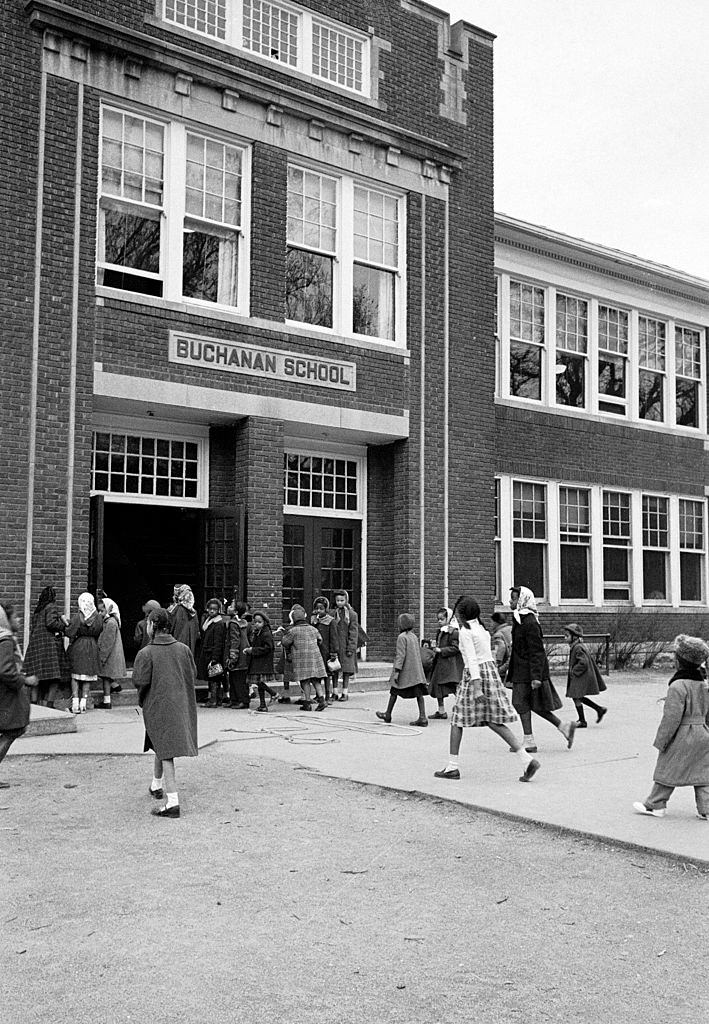
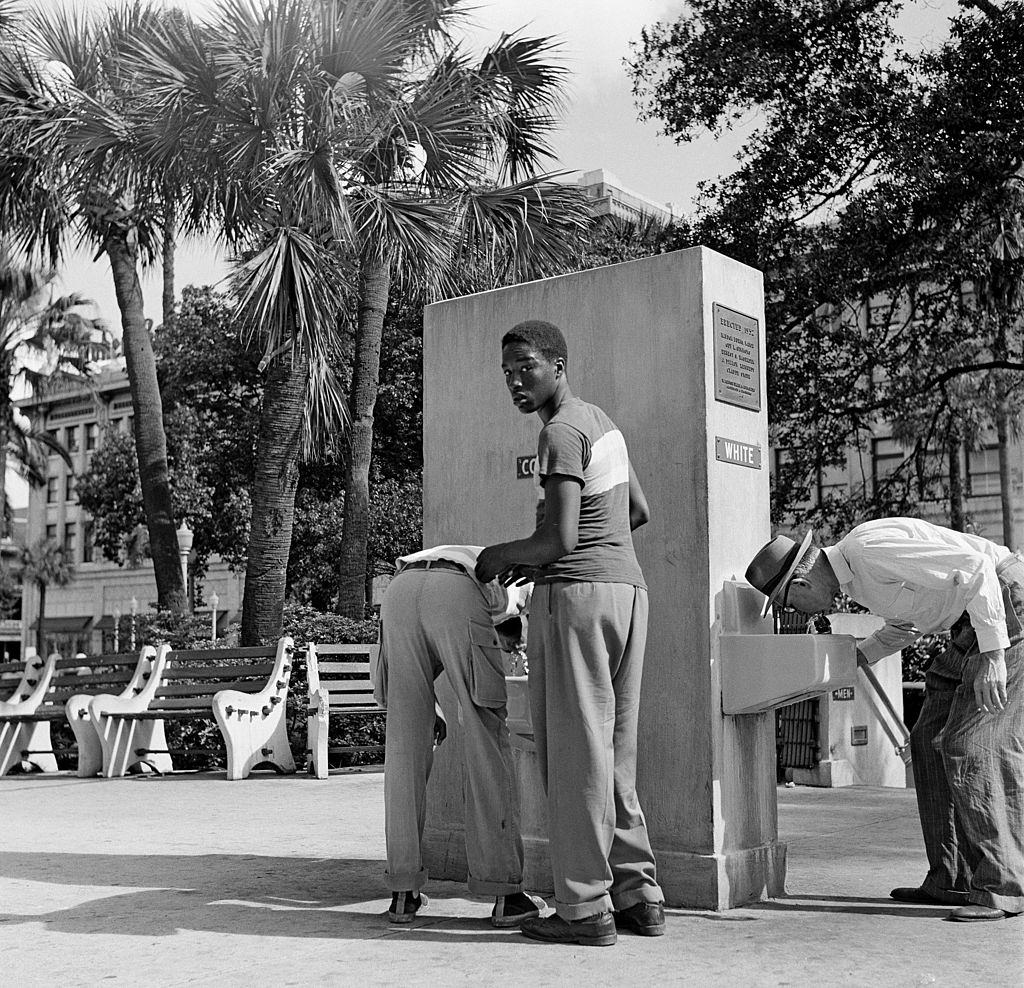
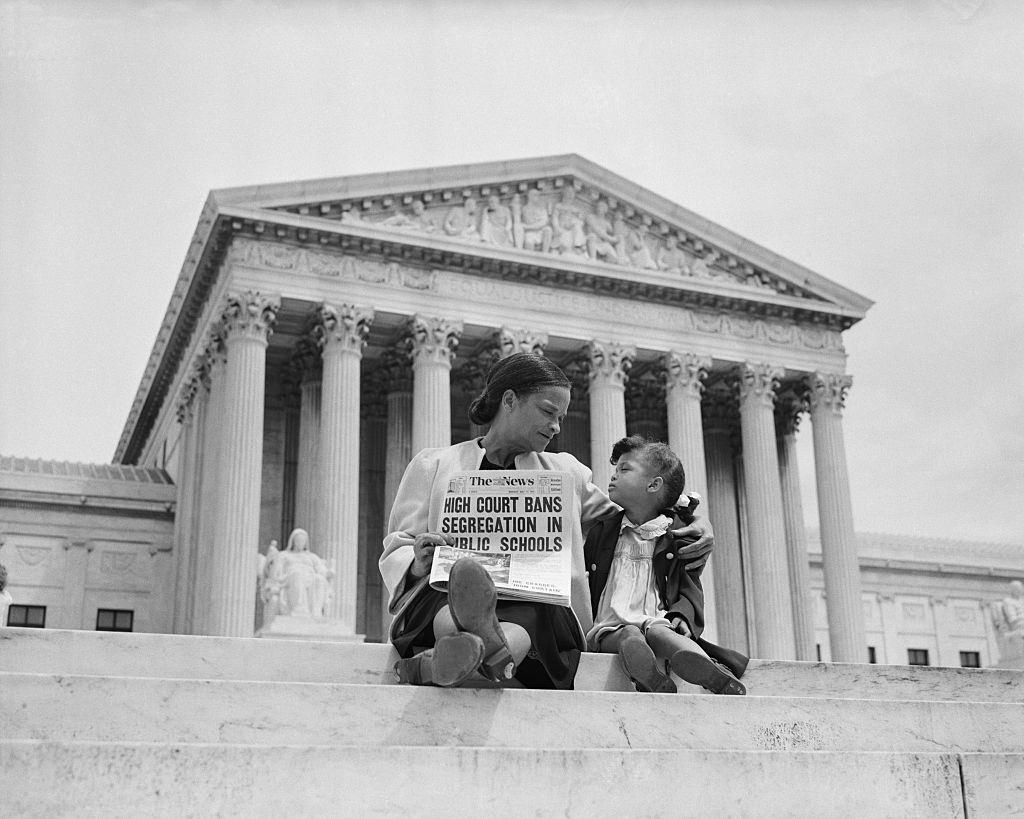
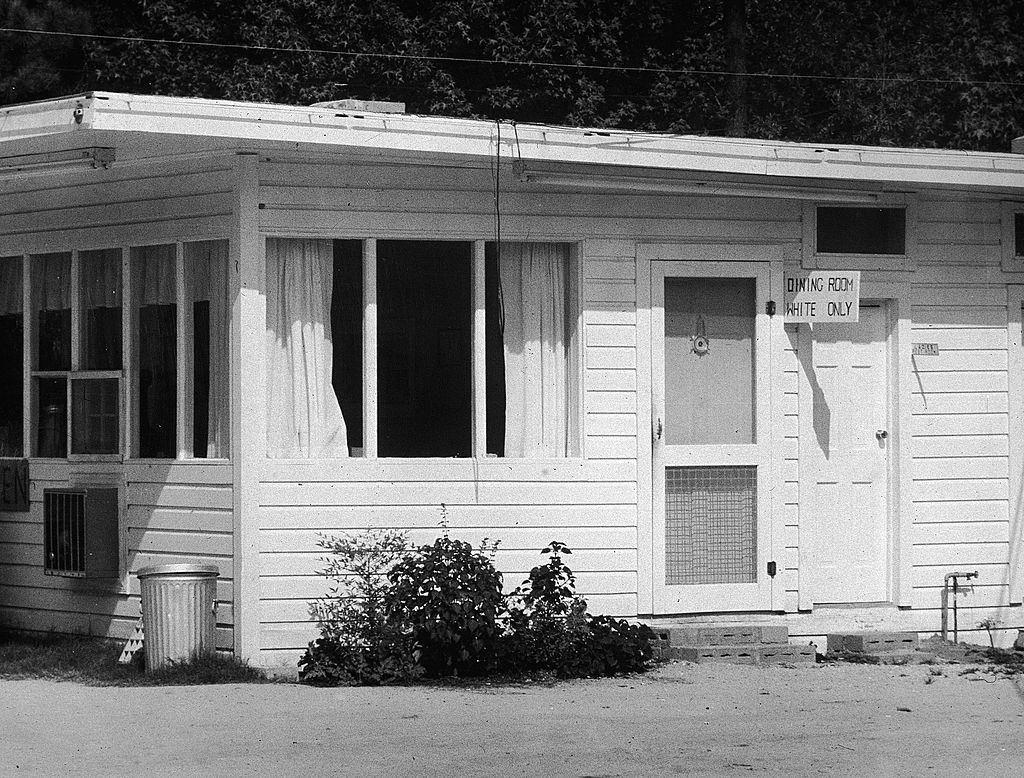
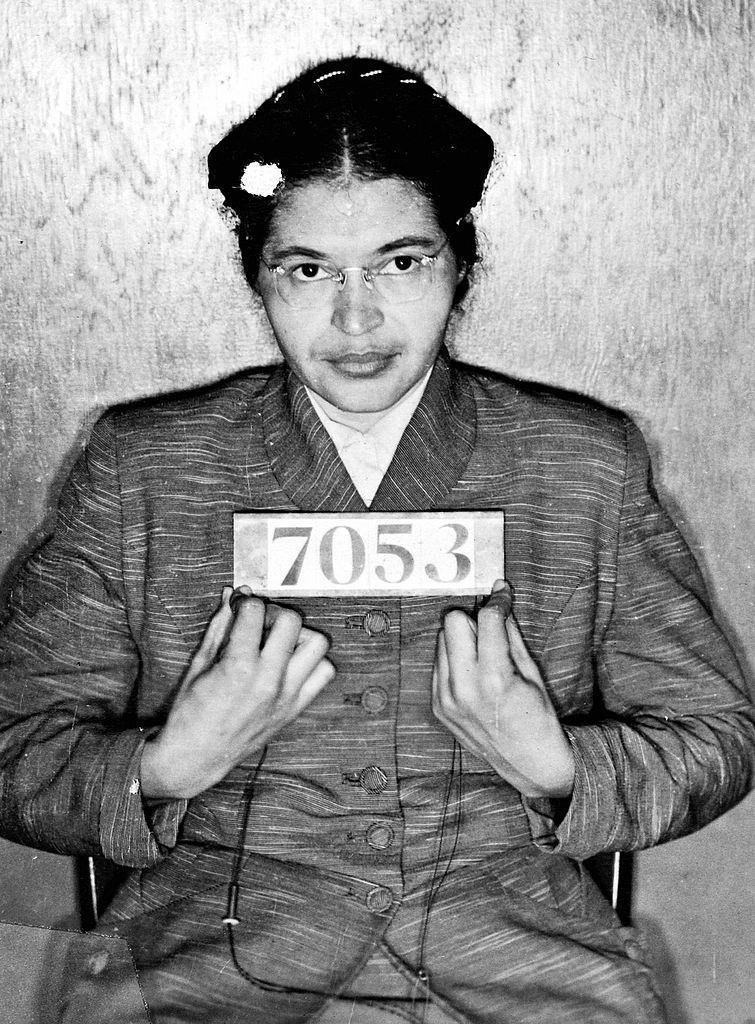
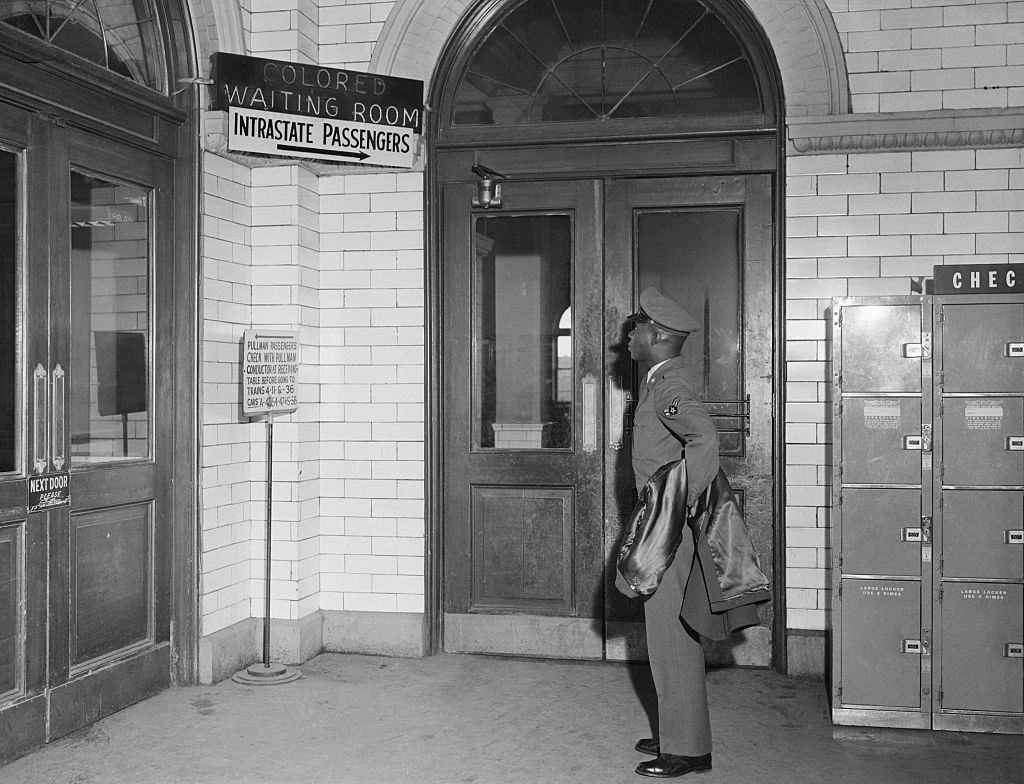
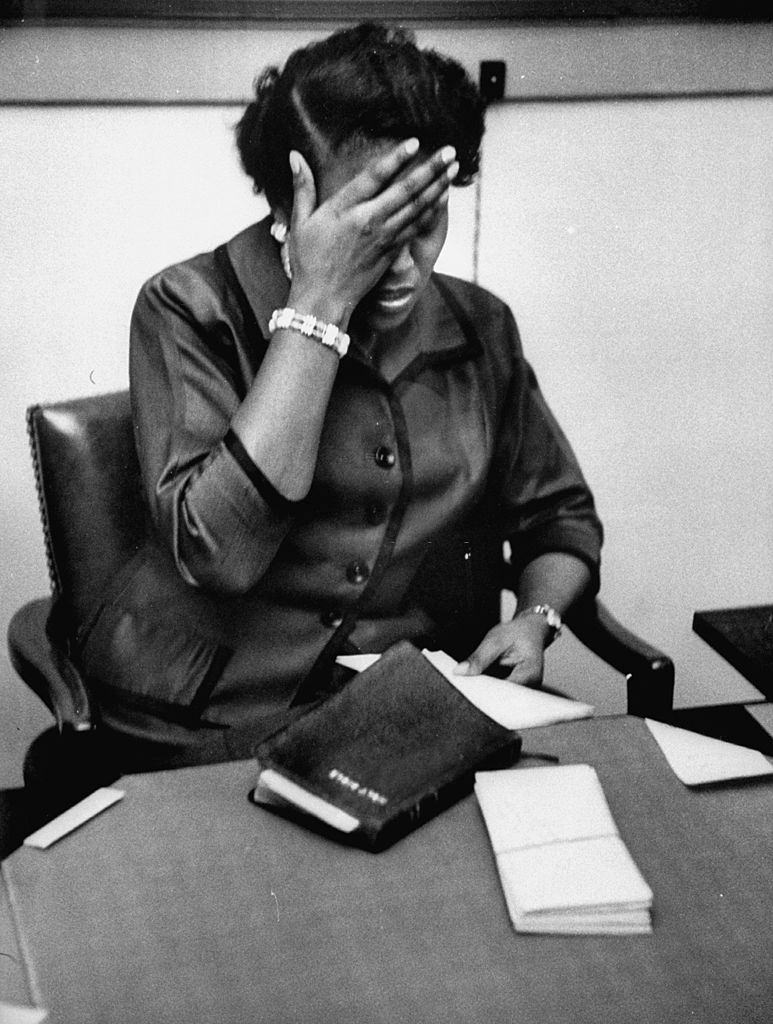
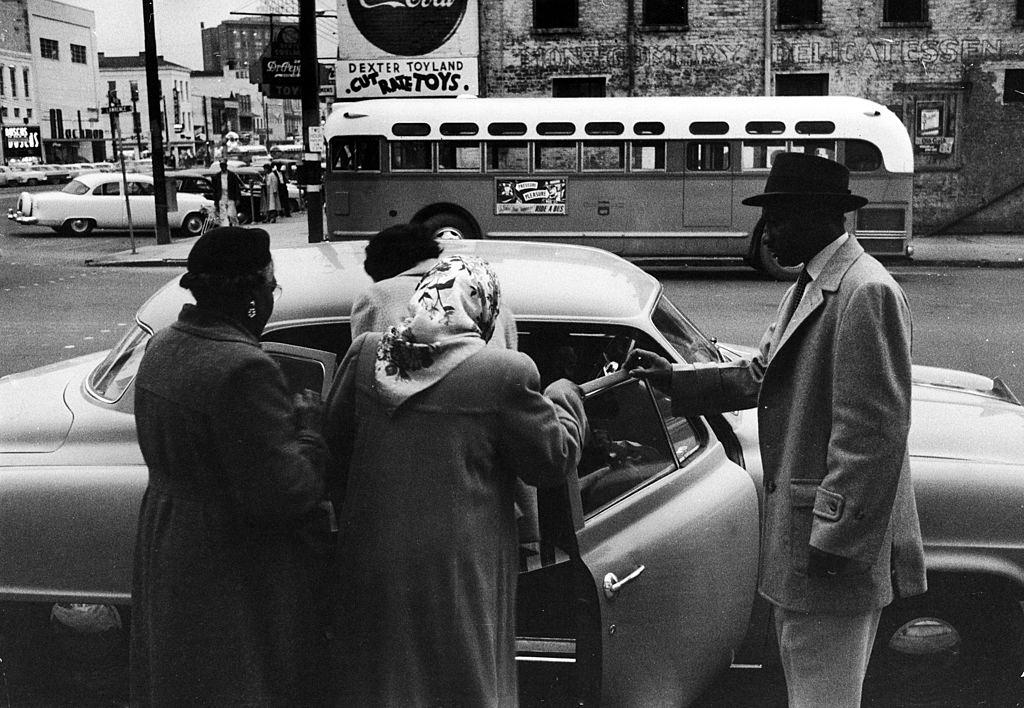
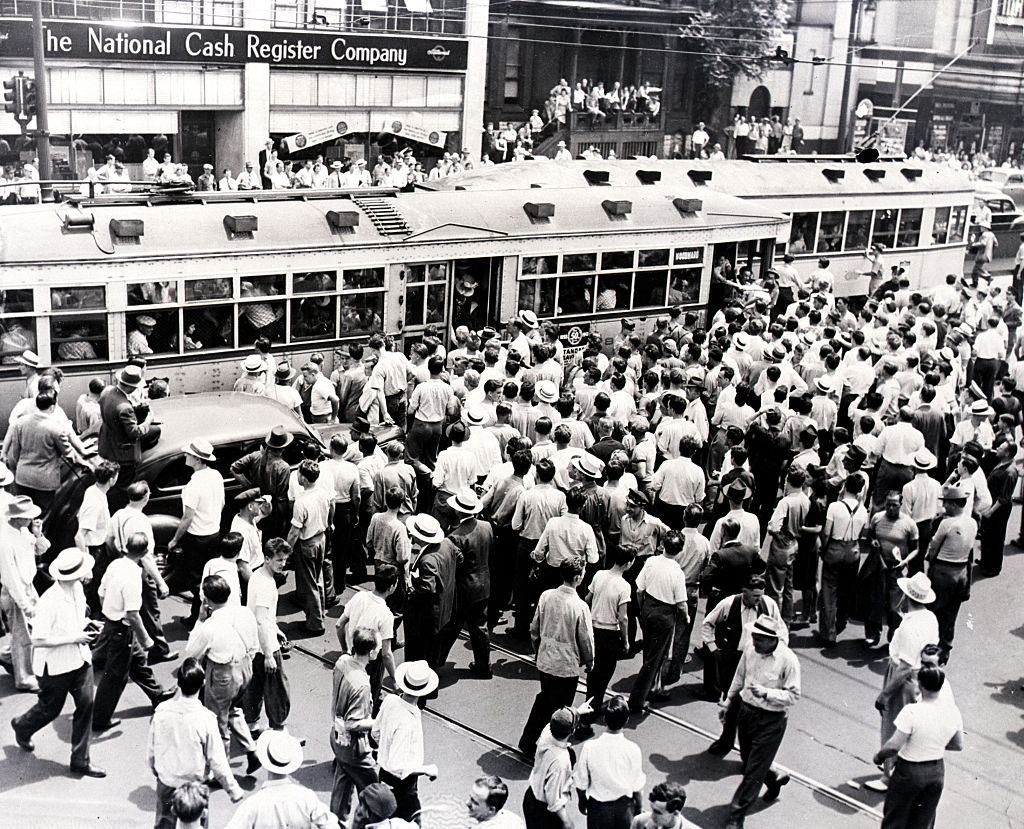
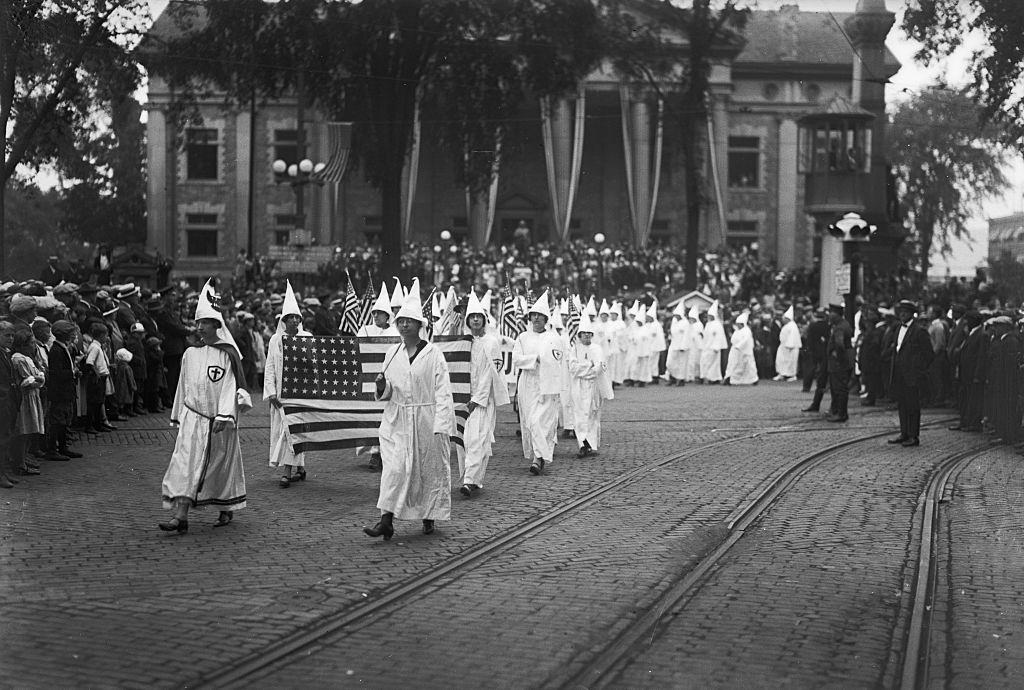
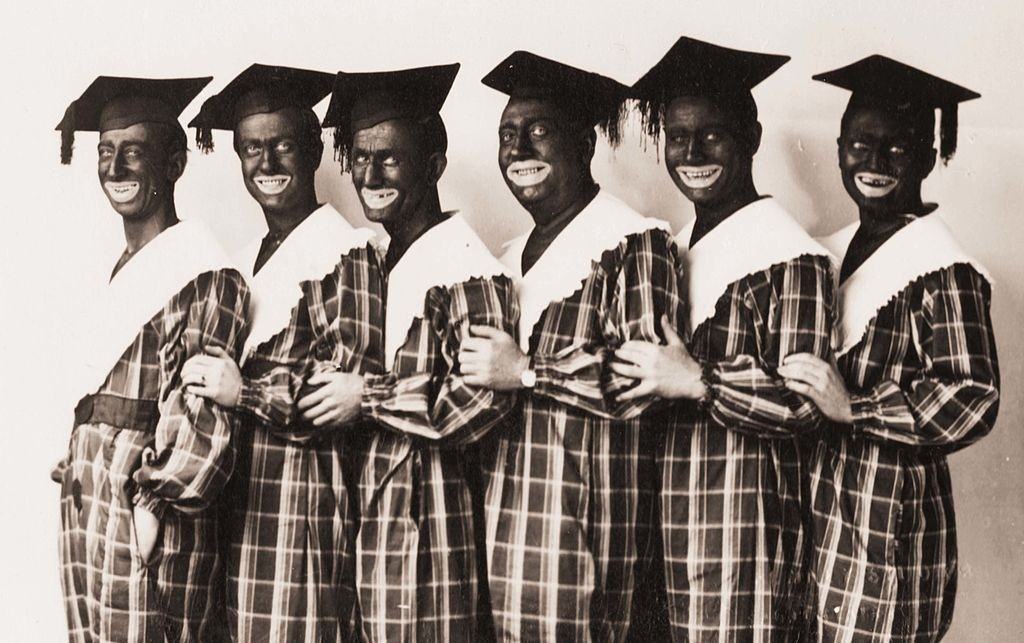
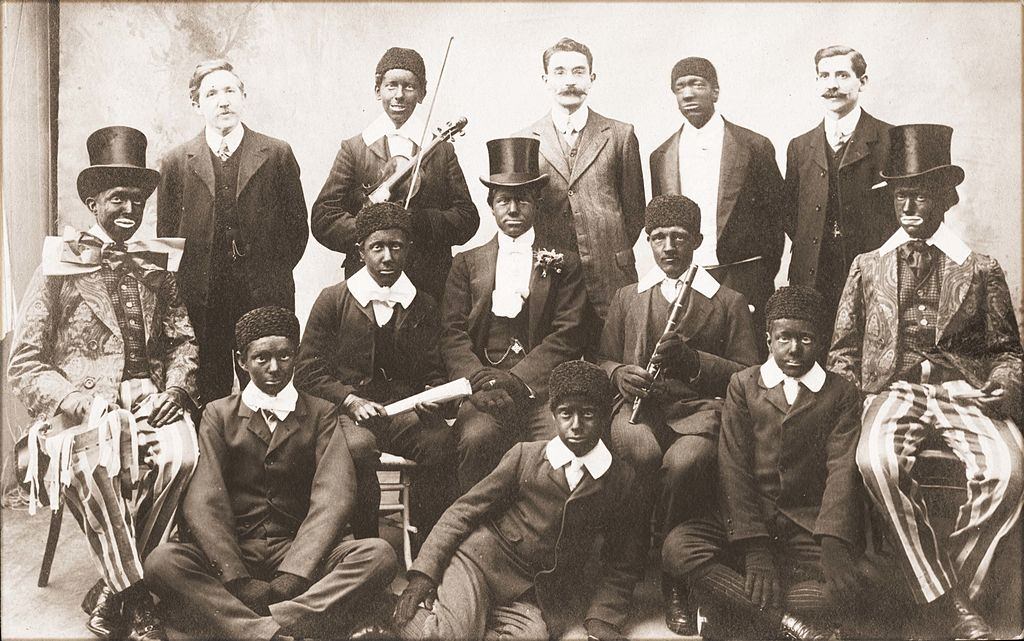

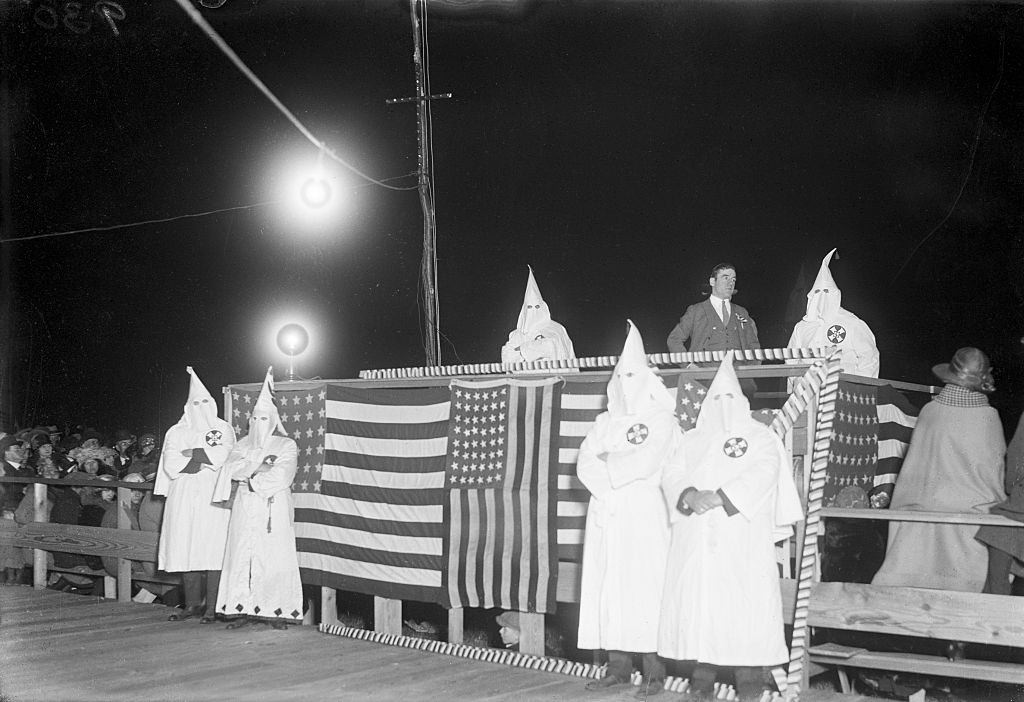
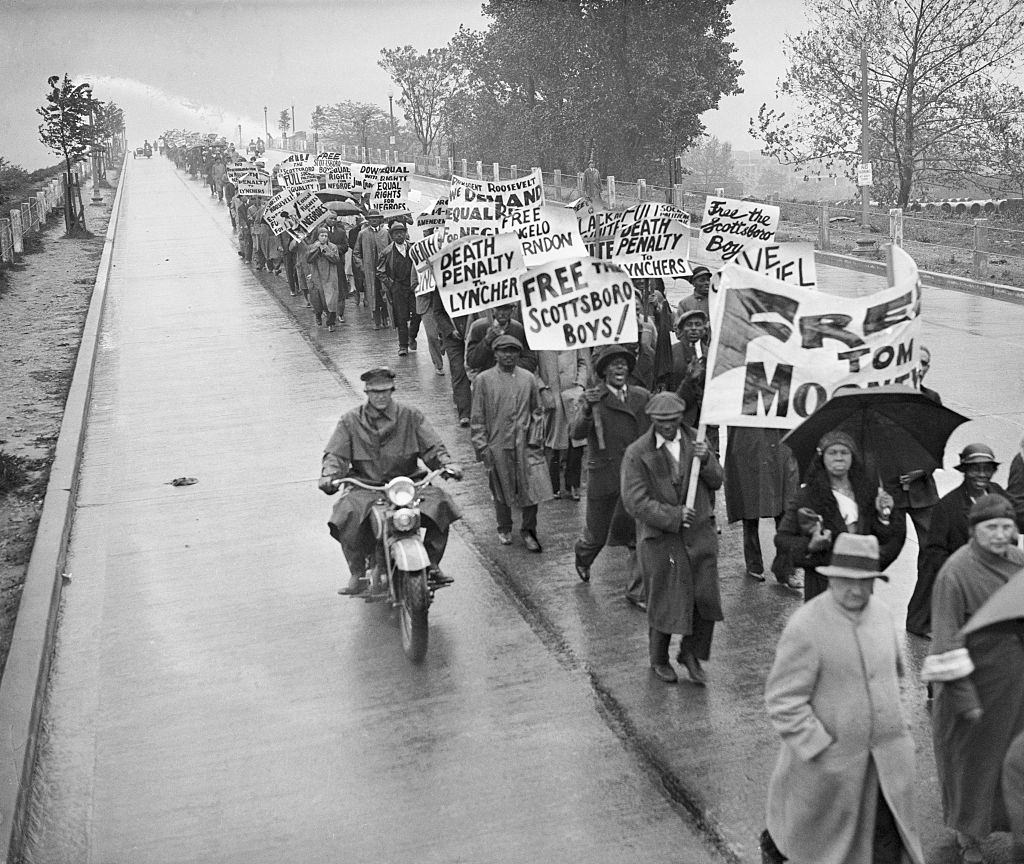
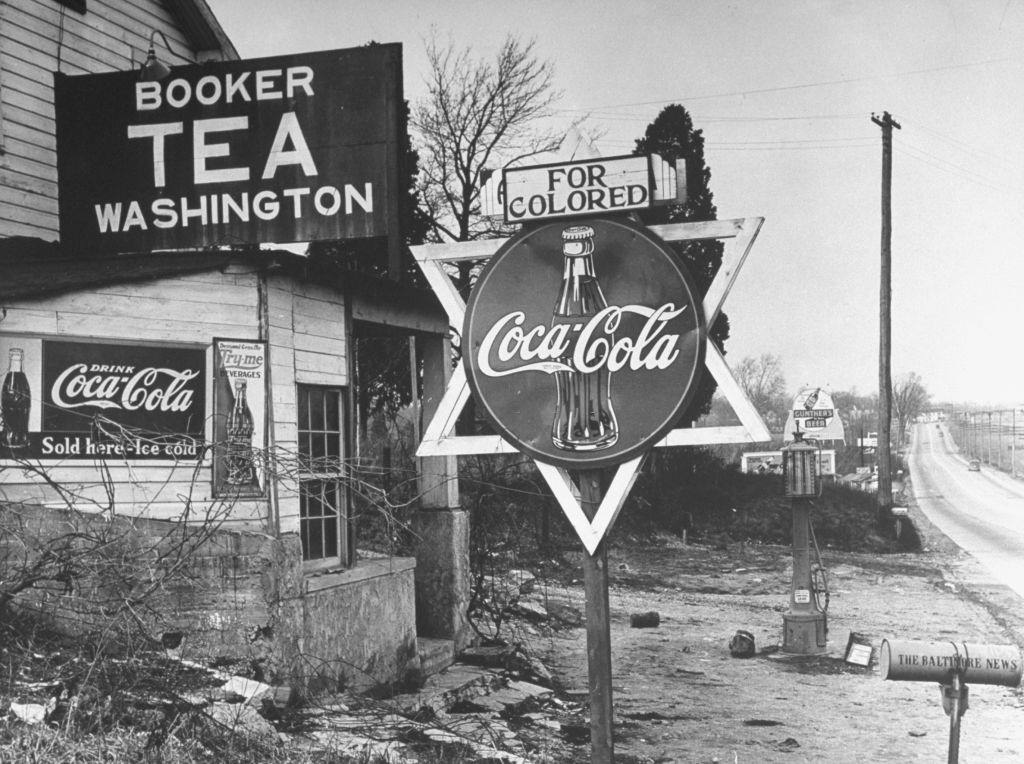
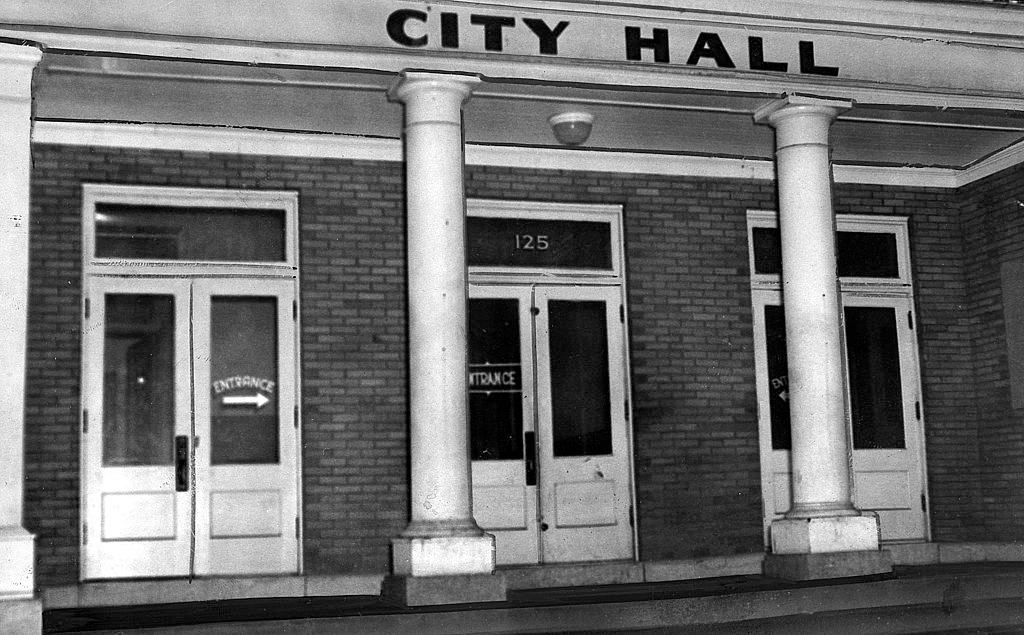
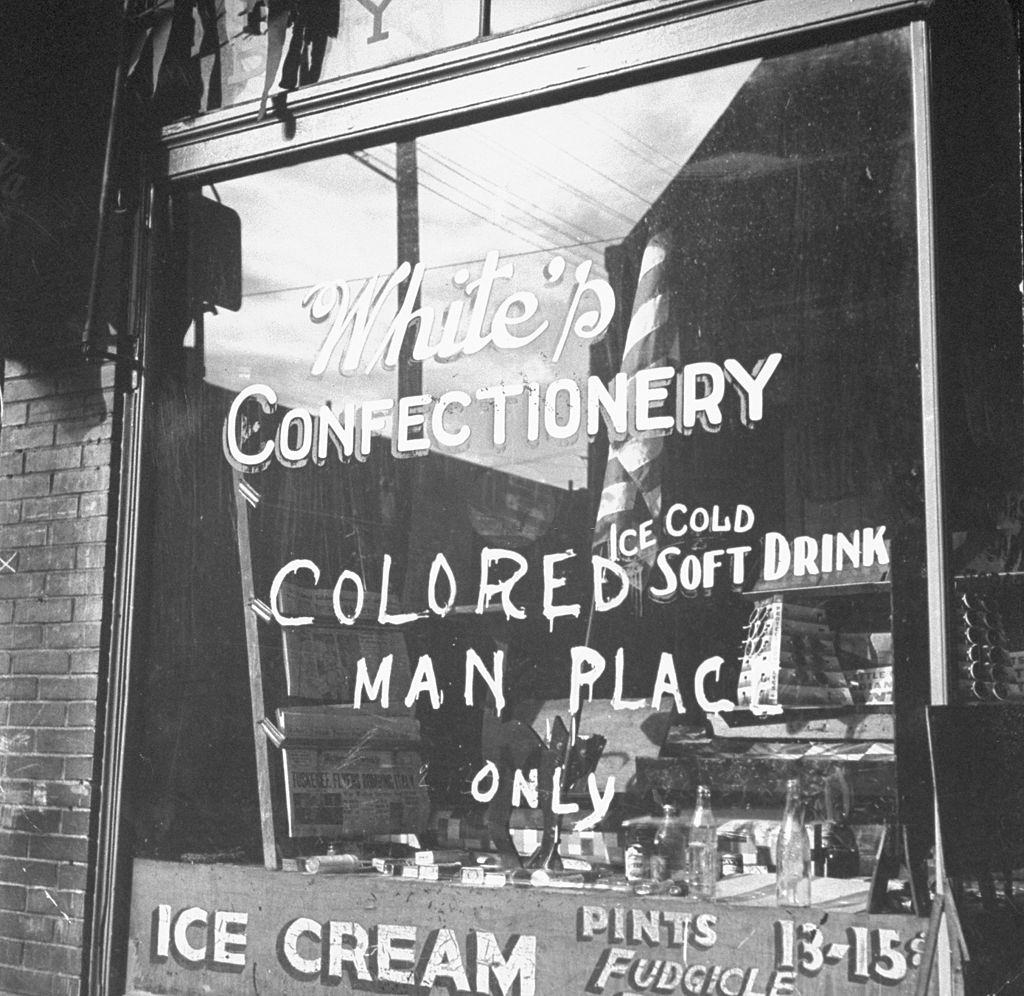
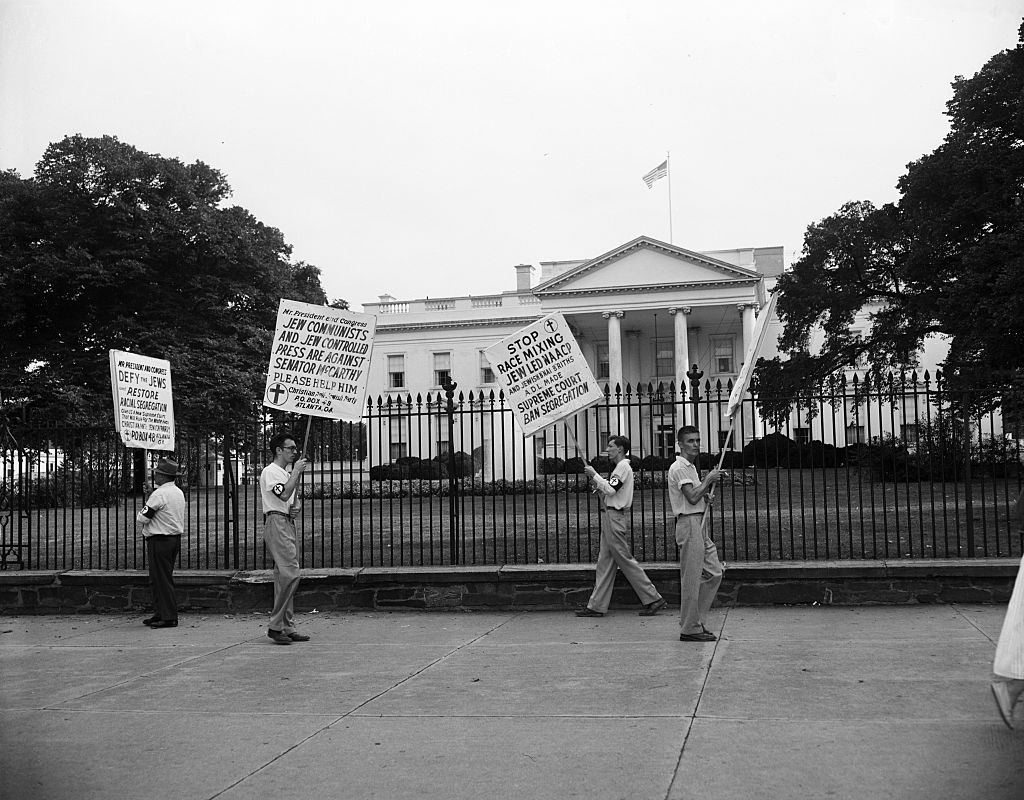
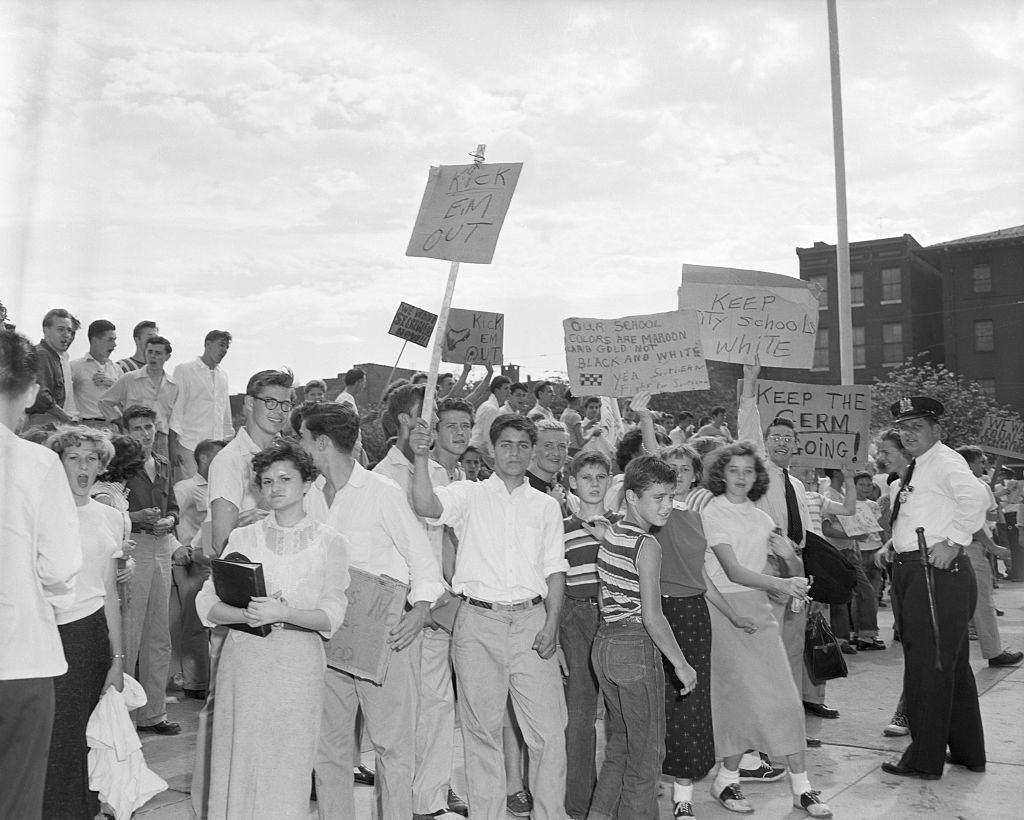
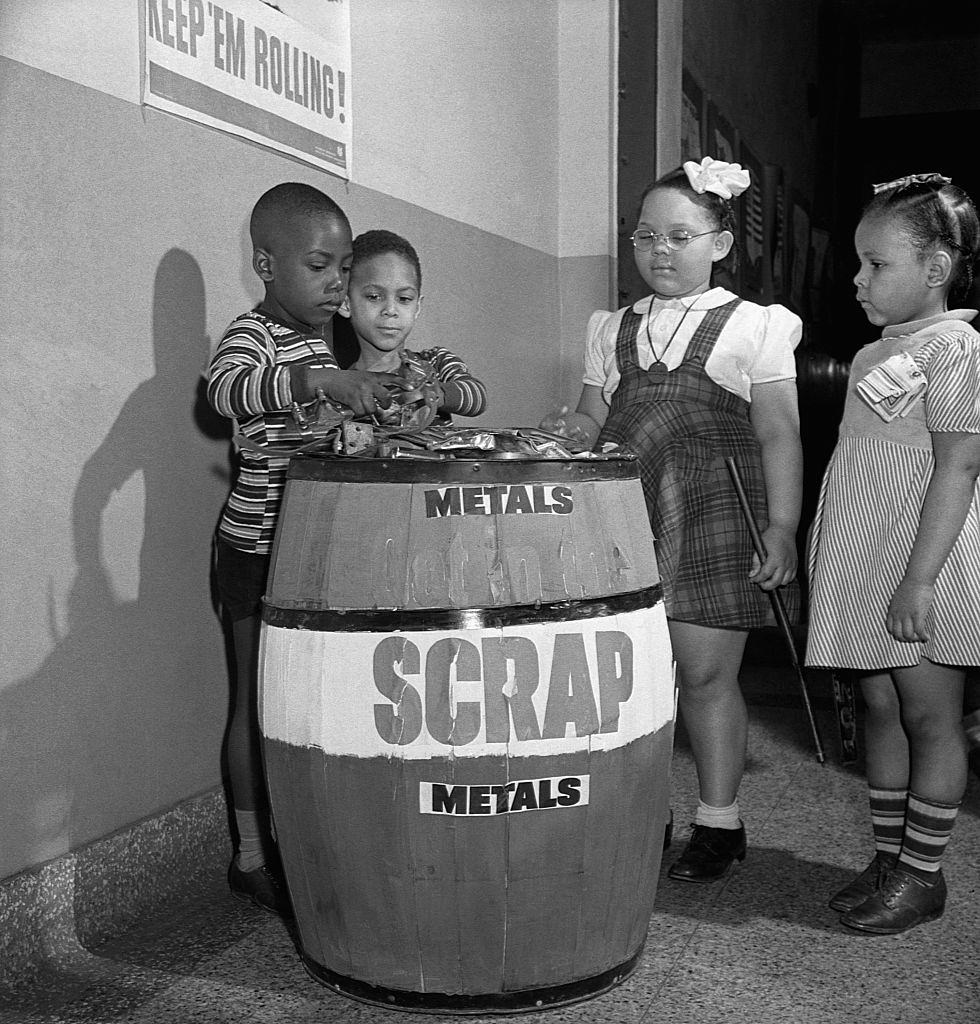
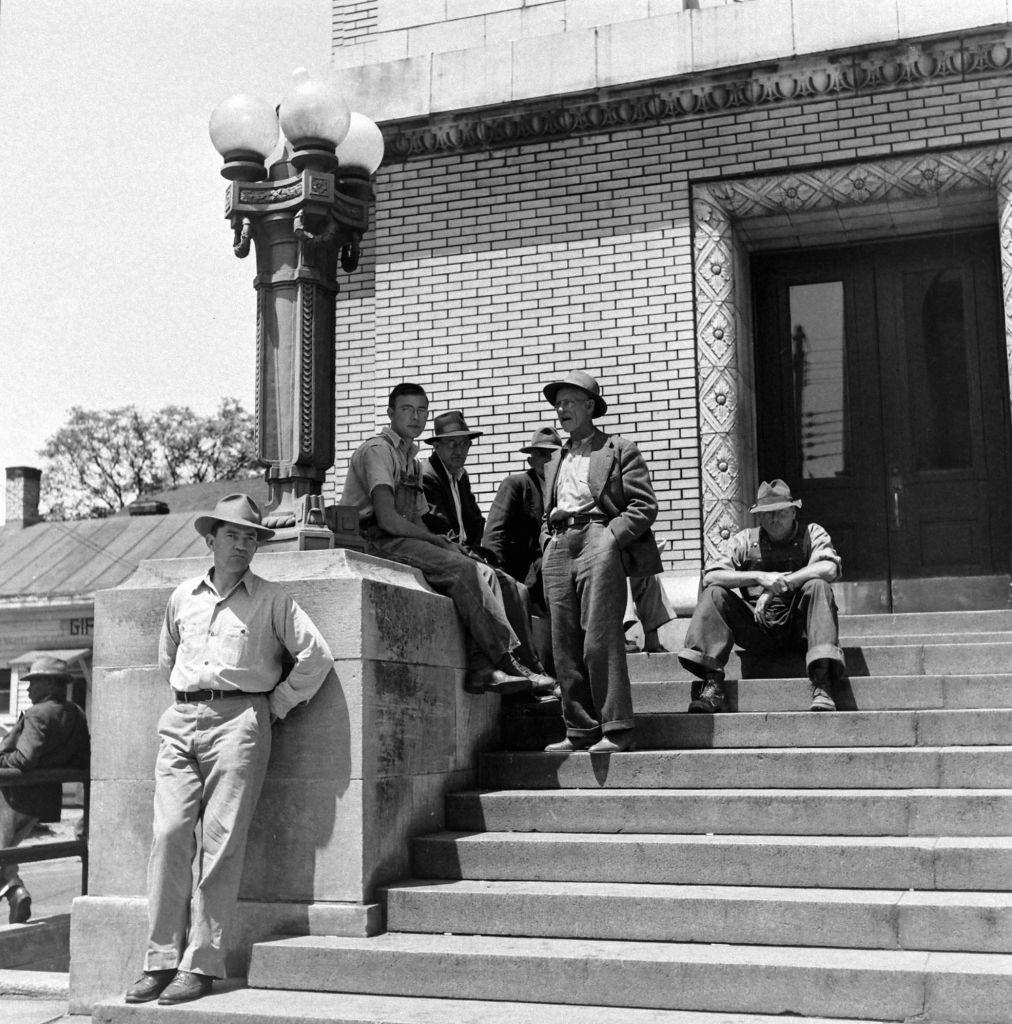
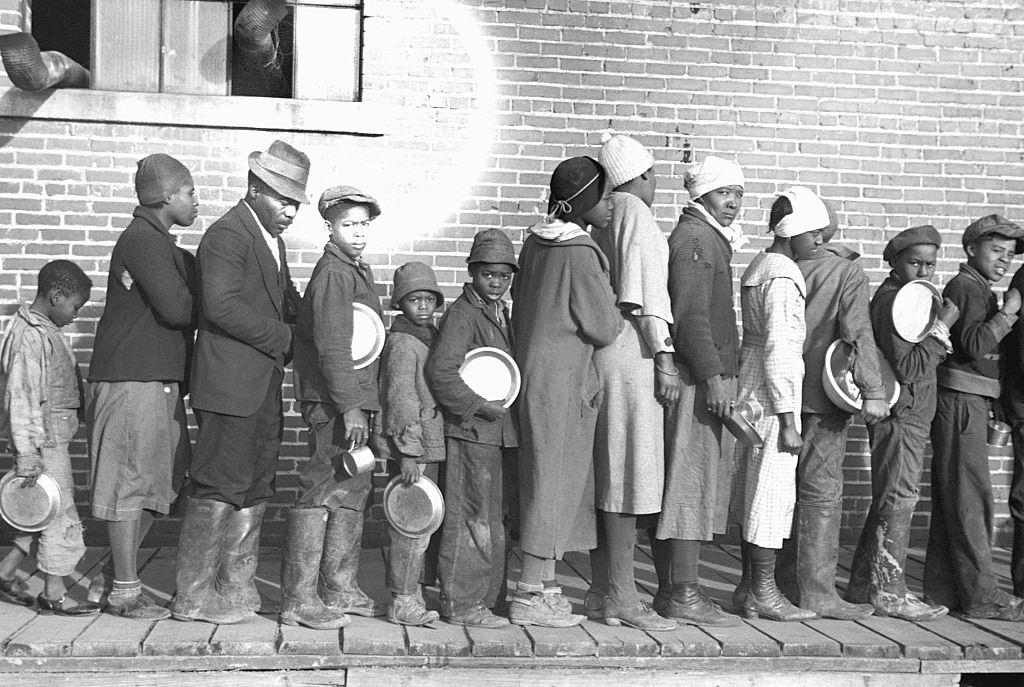
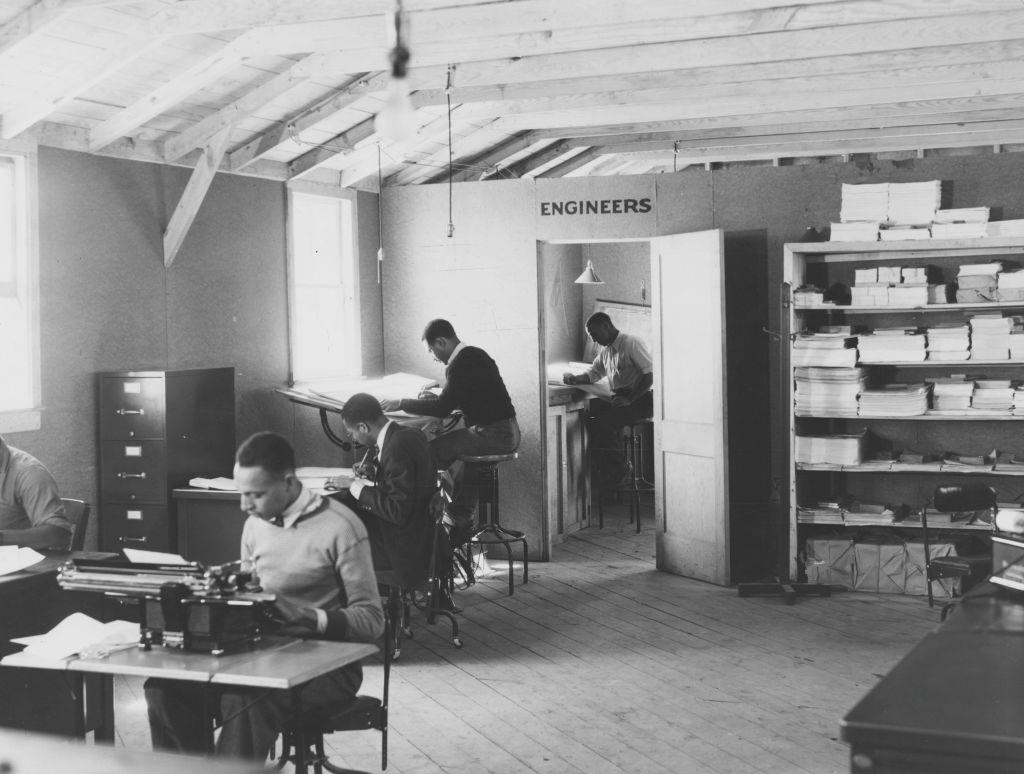
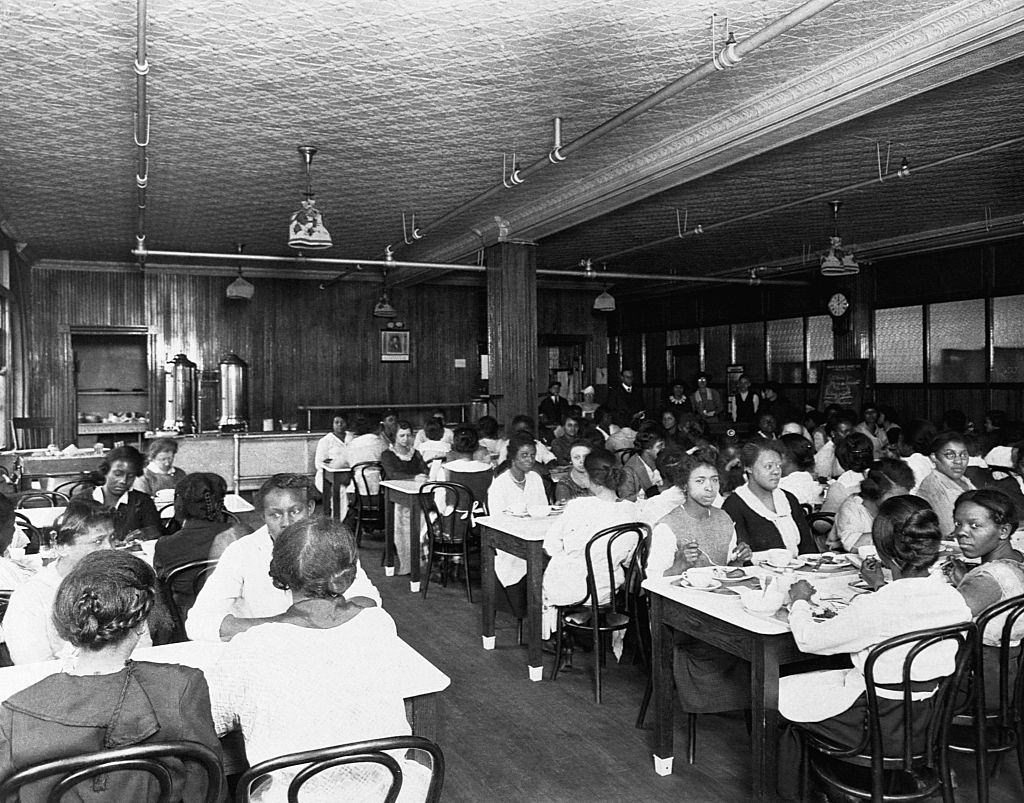
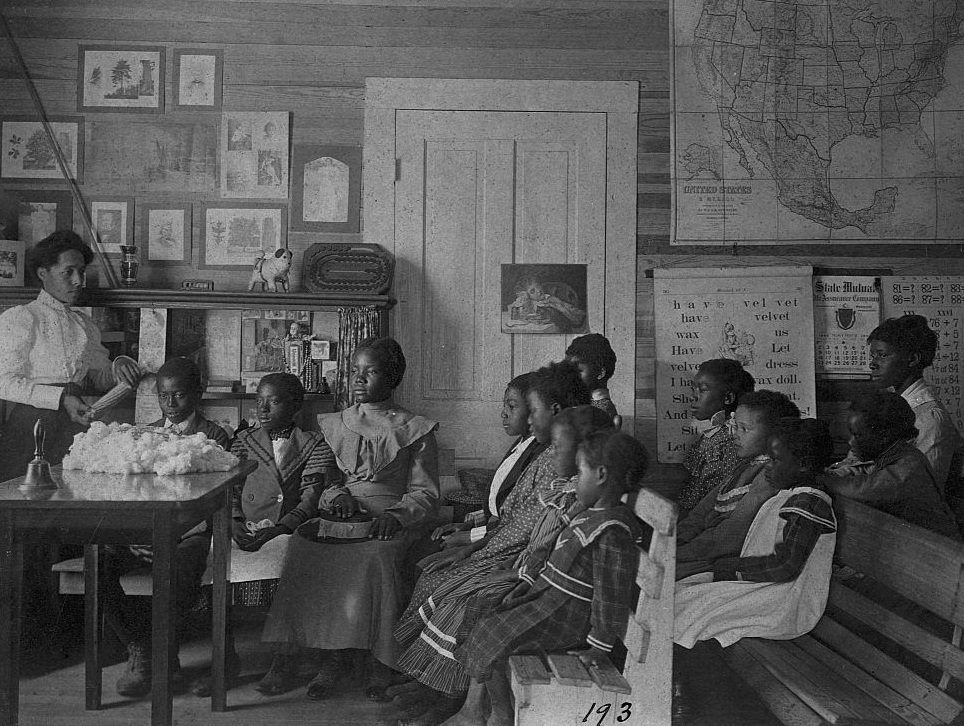

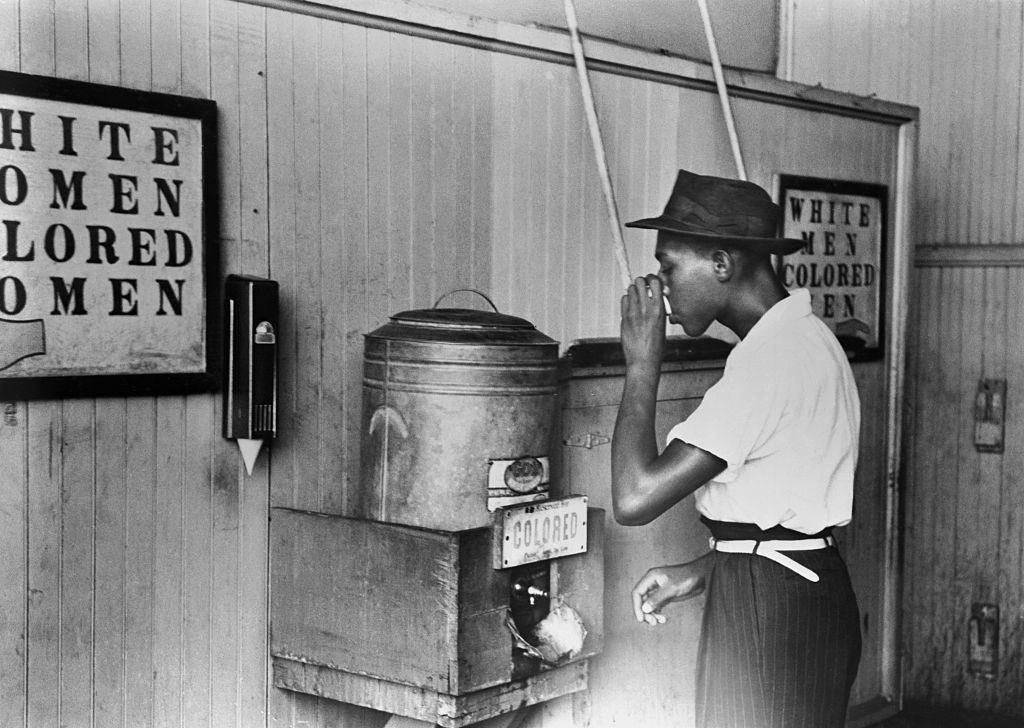
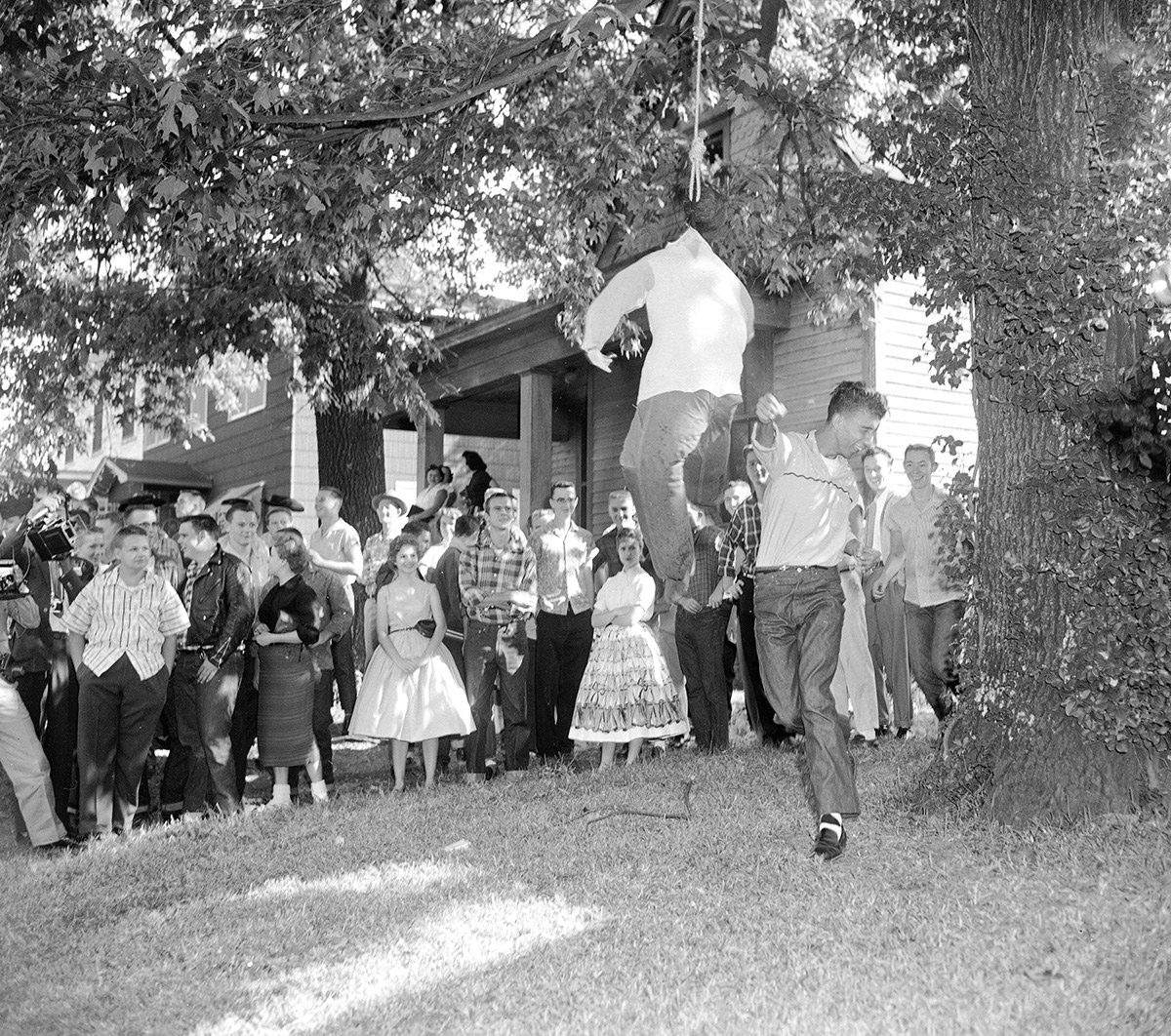
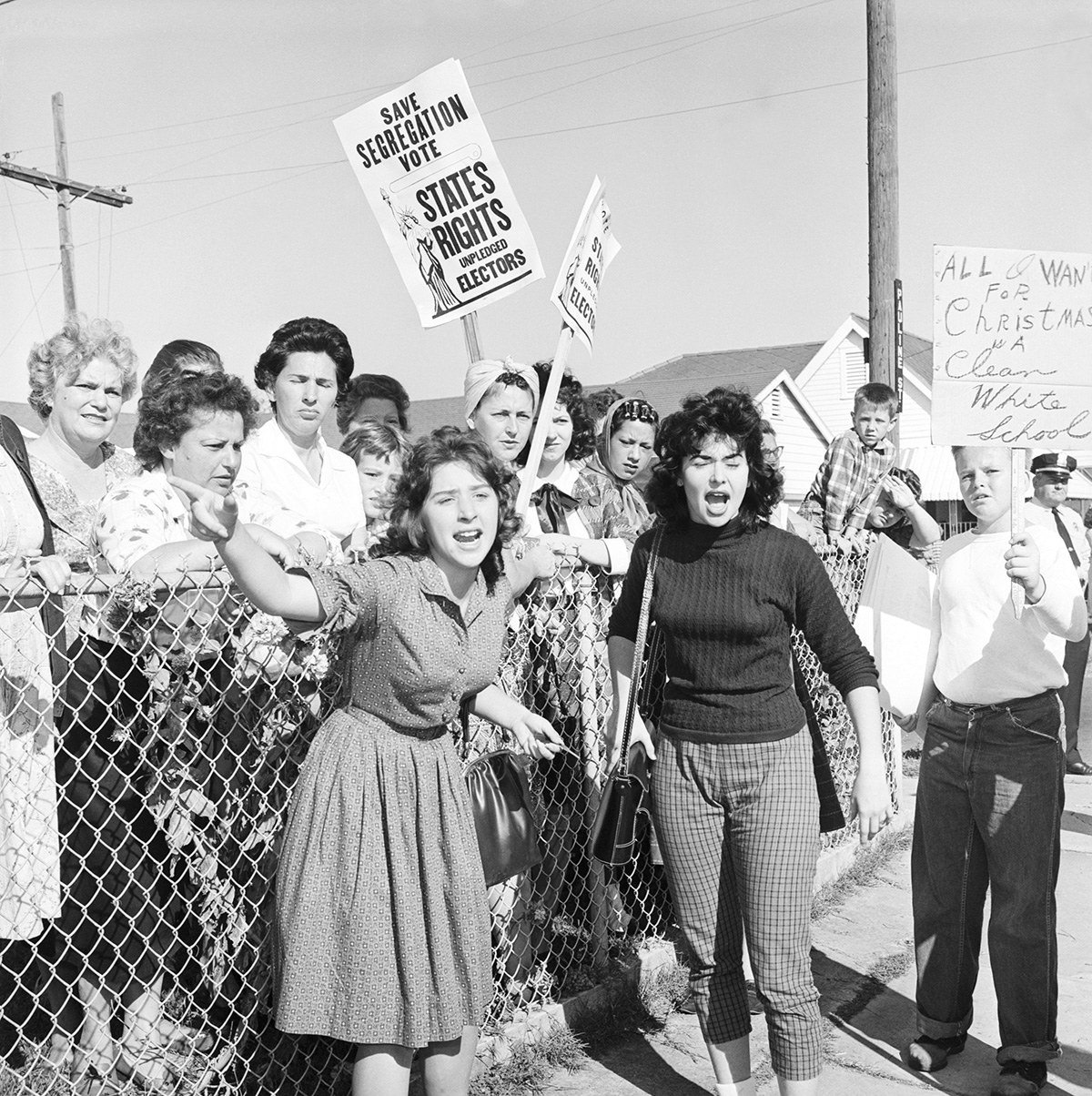
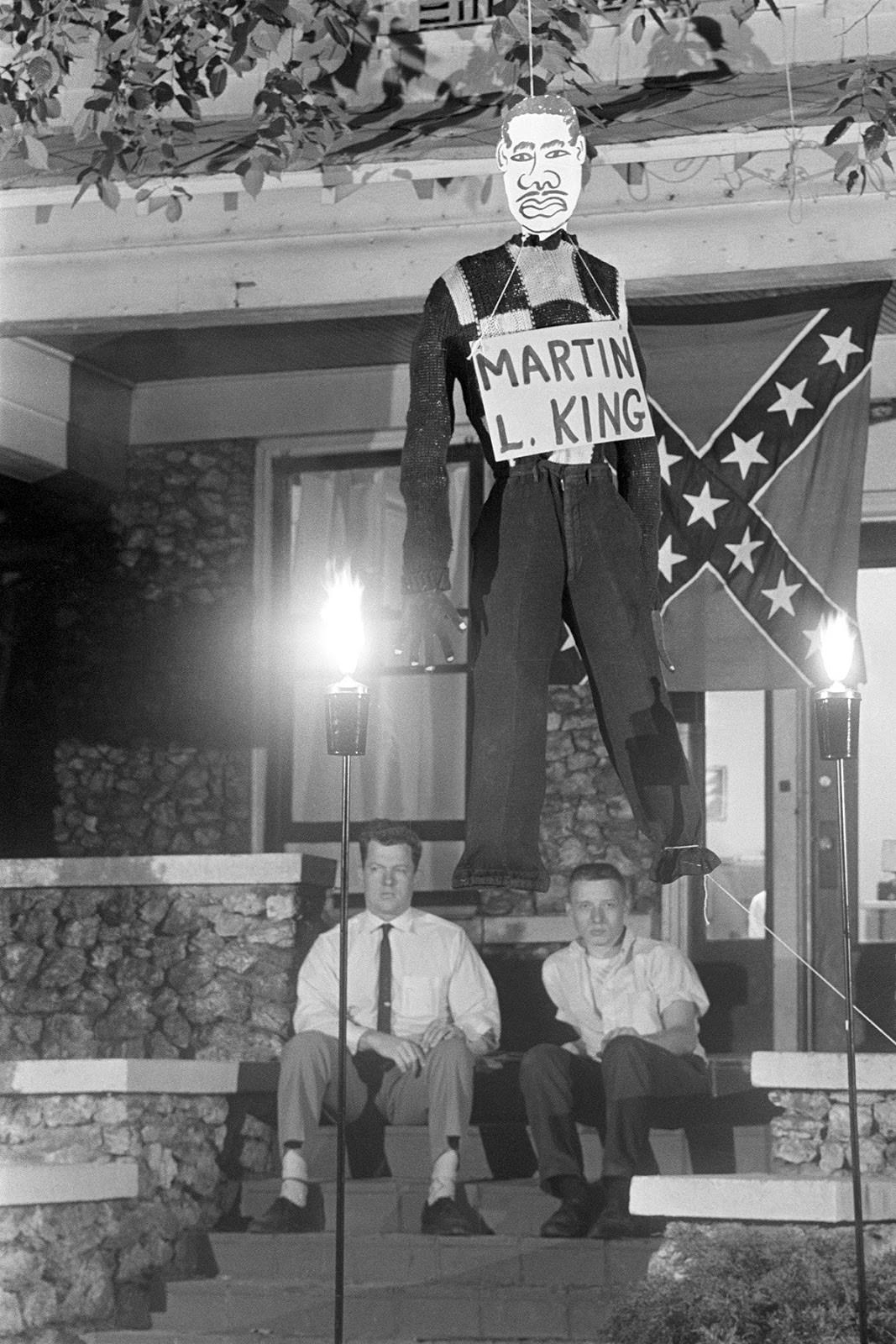
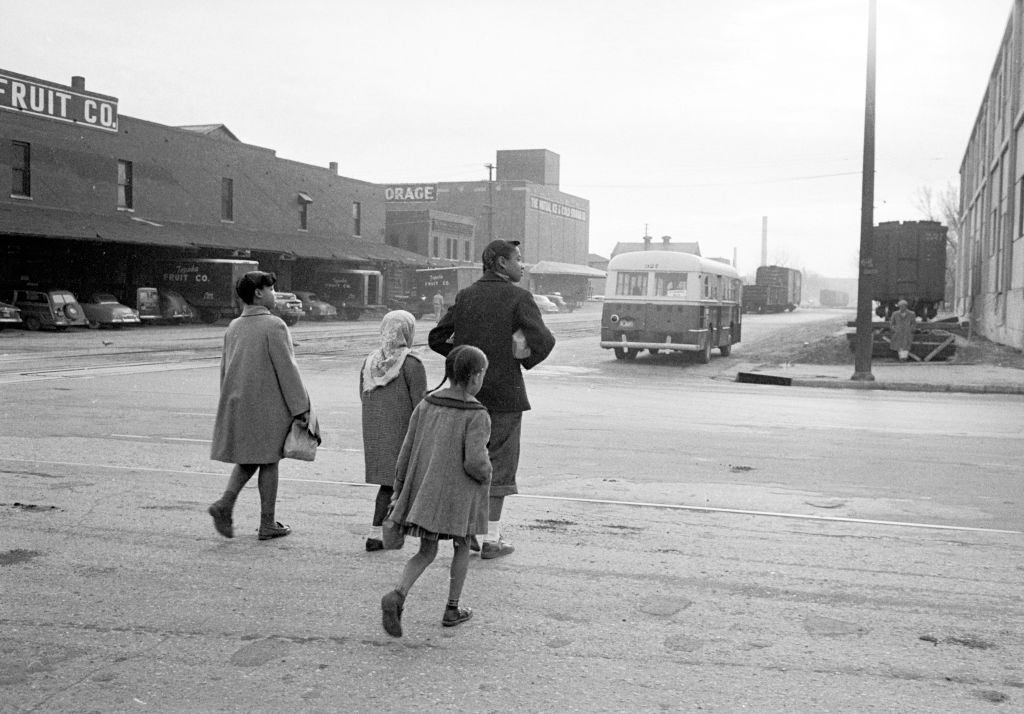

This is amazing, never seen most of these pictures.
The thing that struck me was that it was “illegal” for Black and white people to shake hands. That’s ridiculous.
Libertarians routinely whitewash history to serve as a rallying cry for the movement. Instead, we reinforce the present system and declare ourselves radicals.
What whitewashing are you talking about?
Segregation Laws …. sounds like double the capitalism to me.